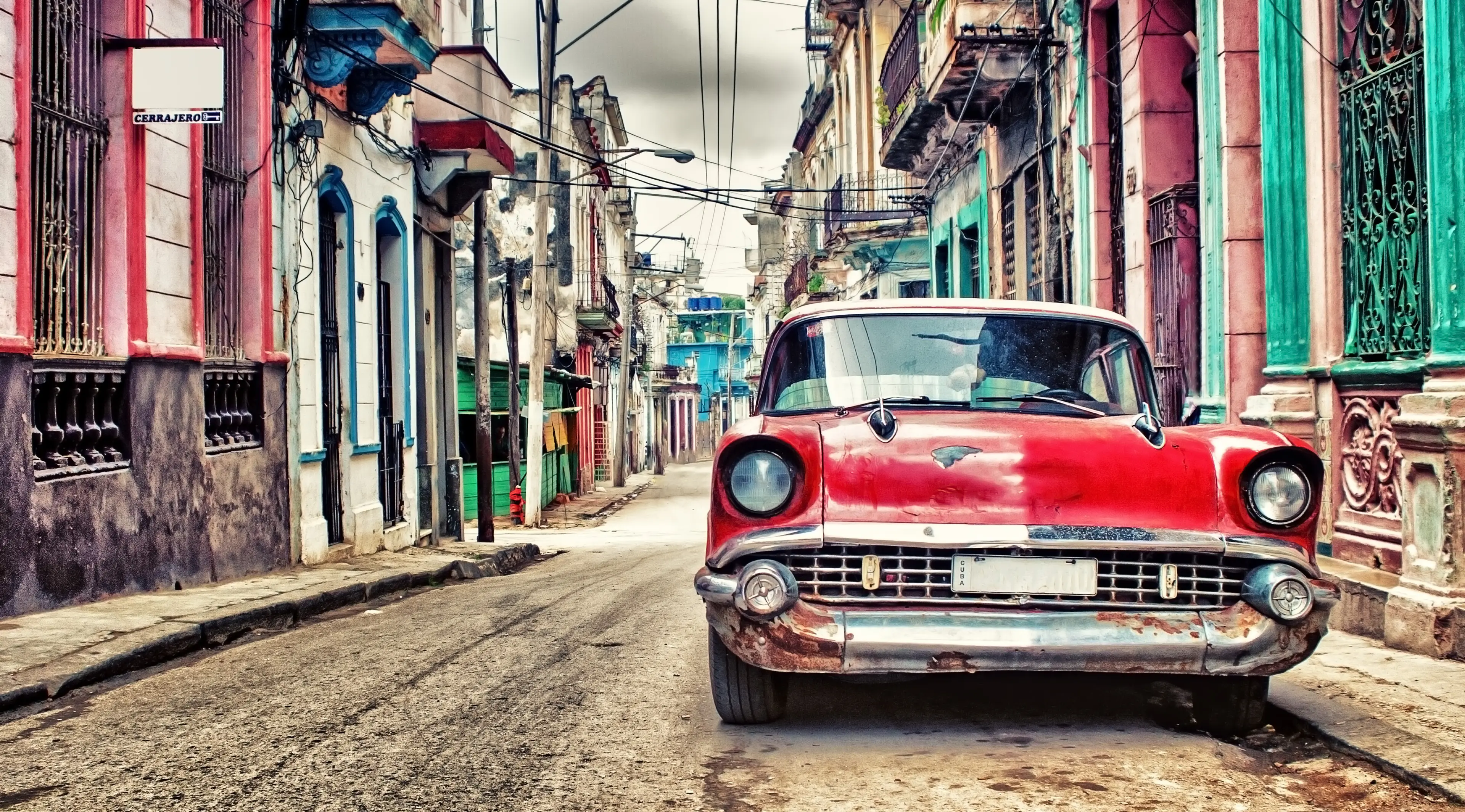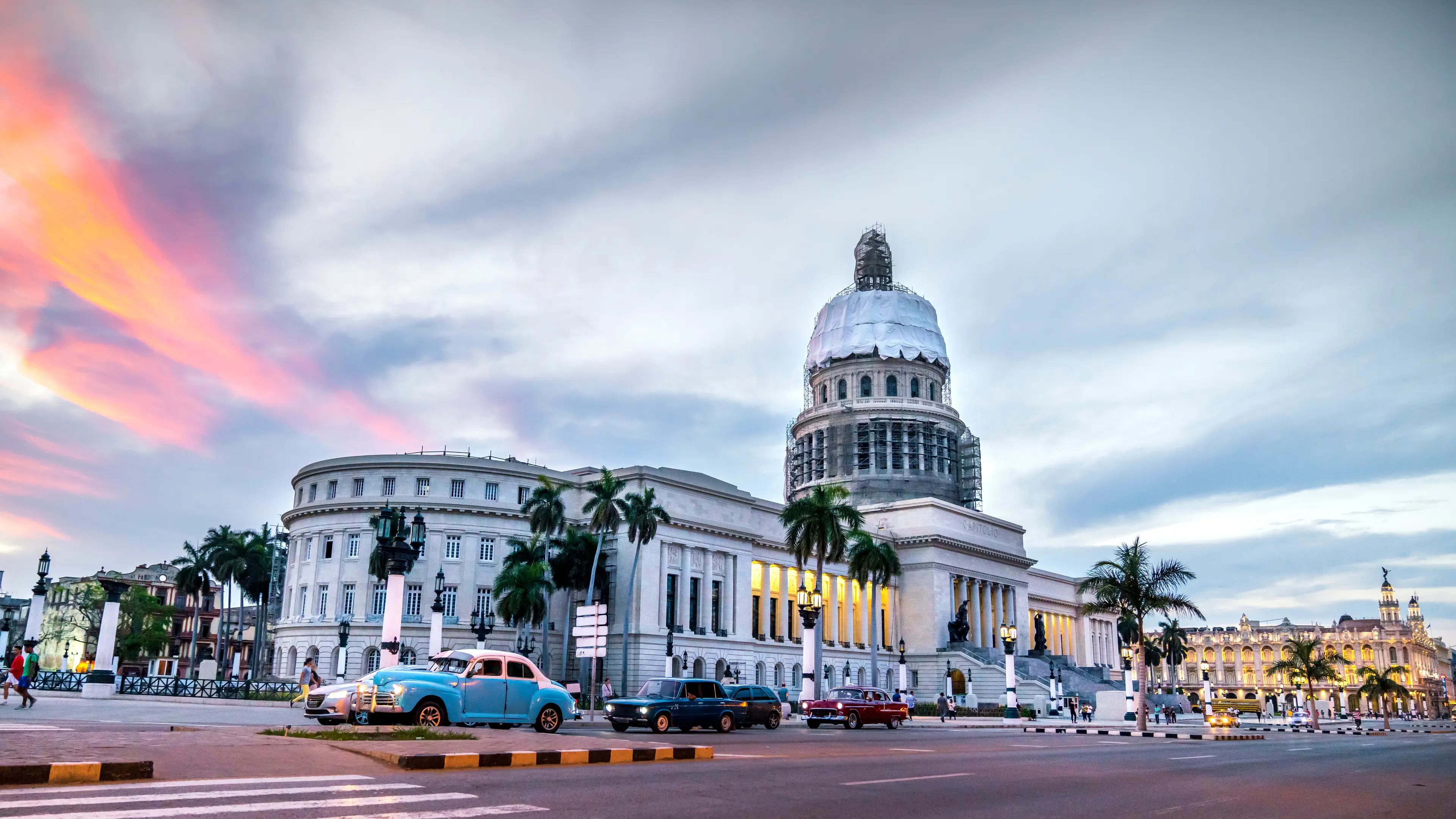4-Day Solo Relaxation Journey in Havana: A Local's Perspective
Havana, Cuba
4 days
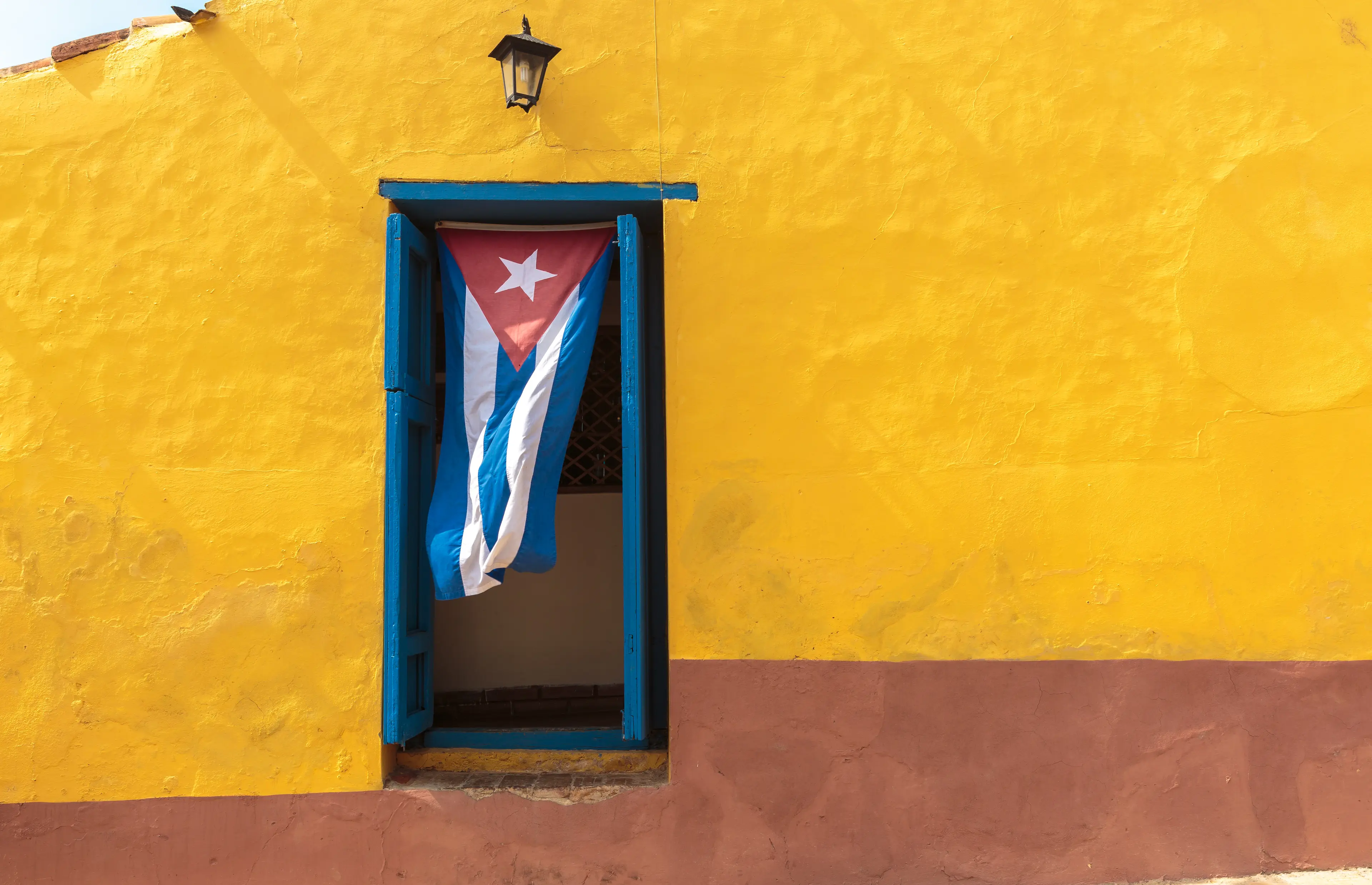
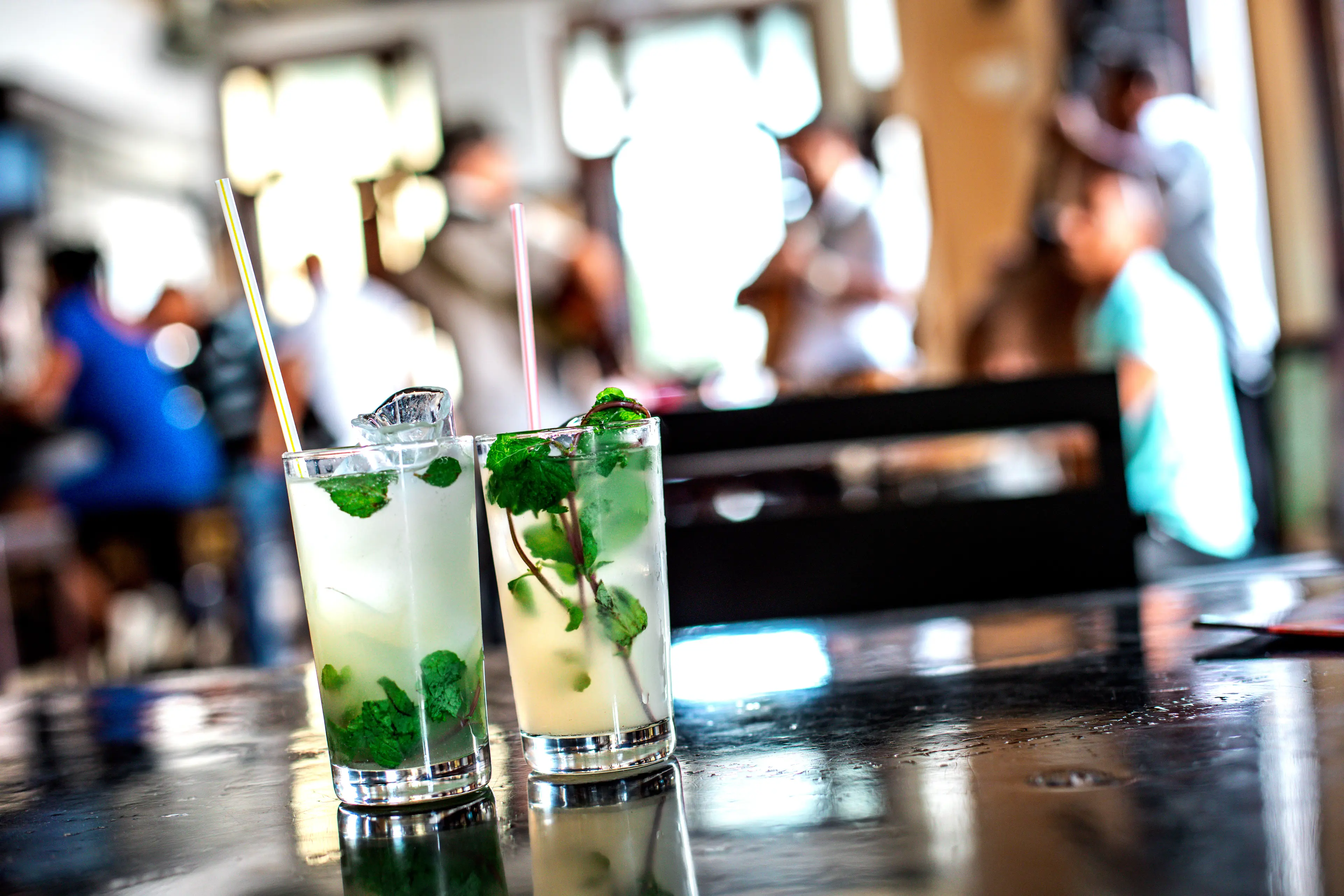
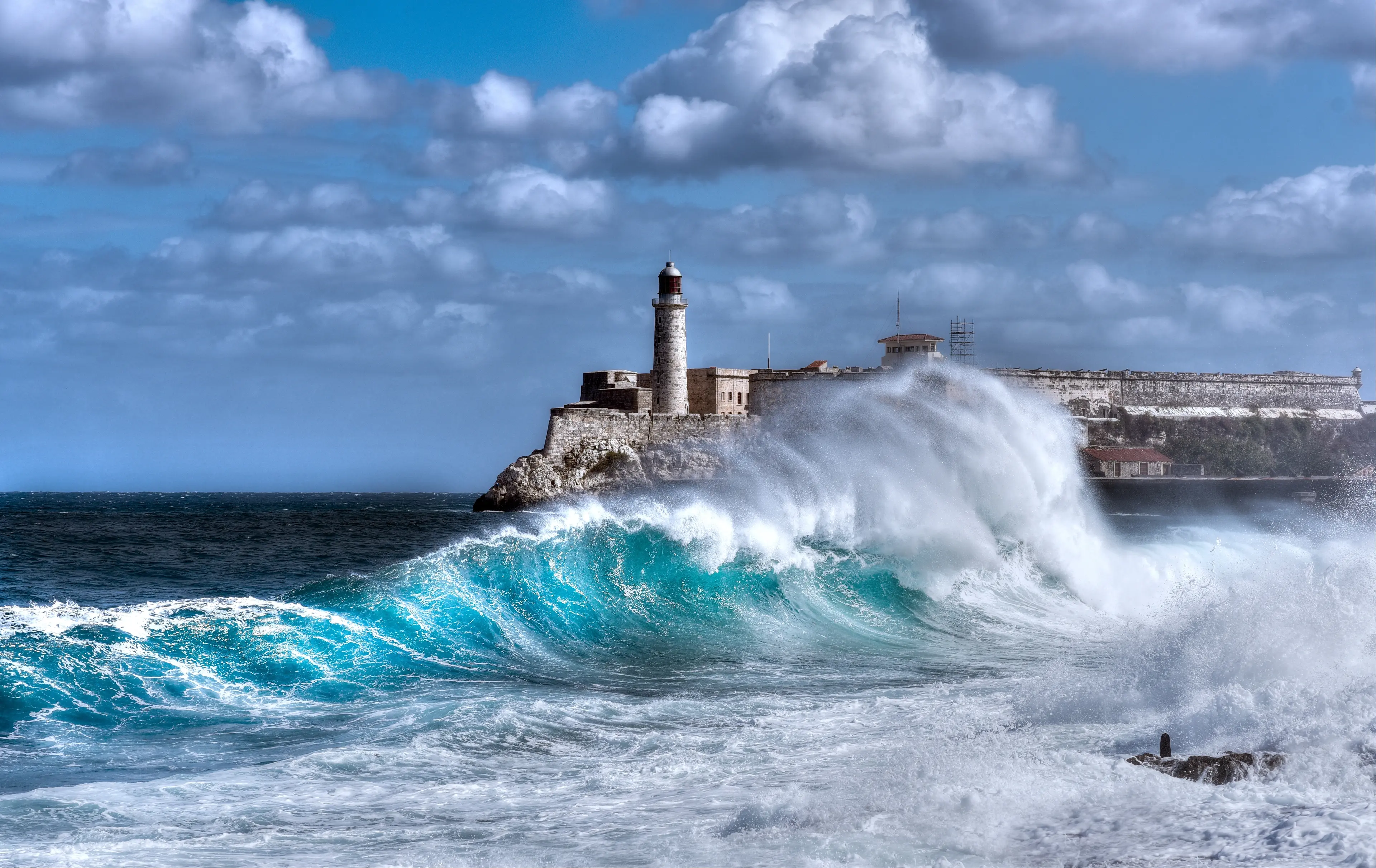

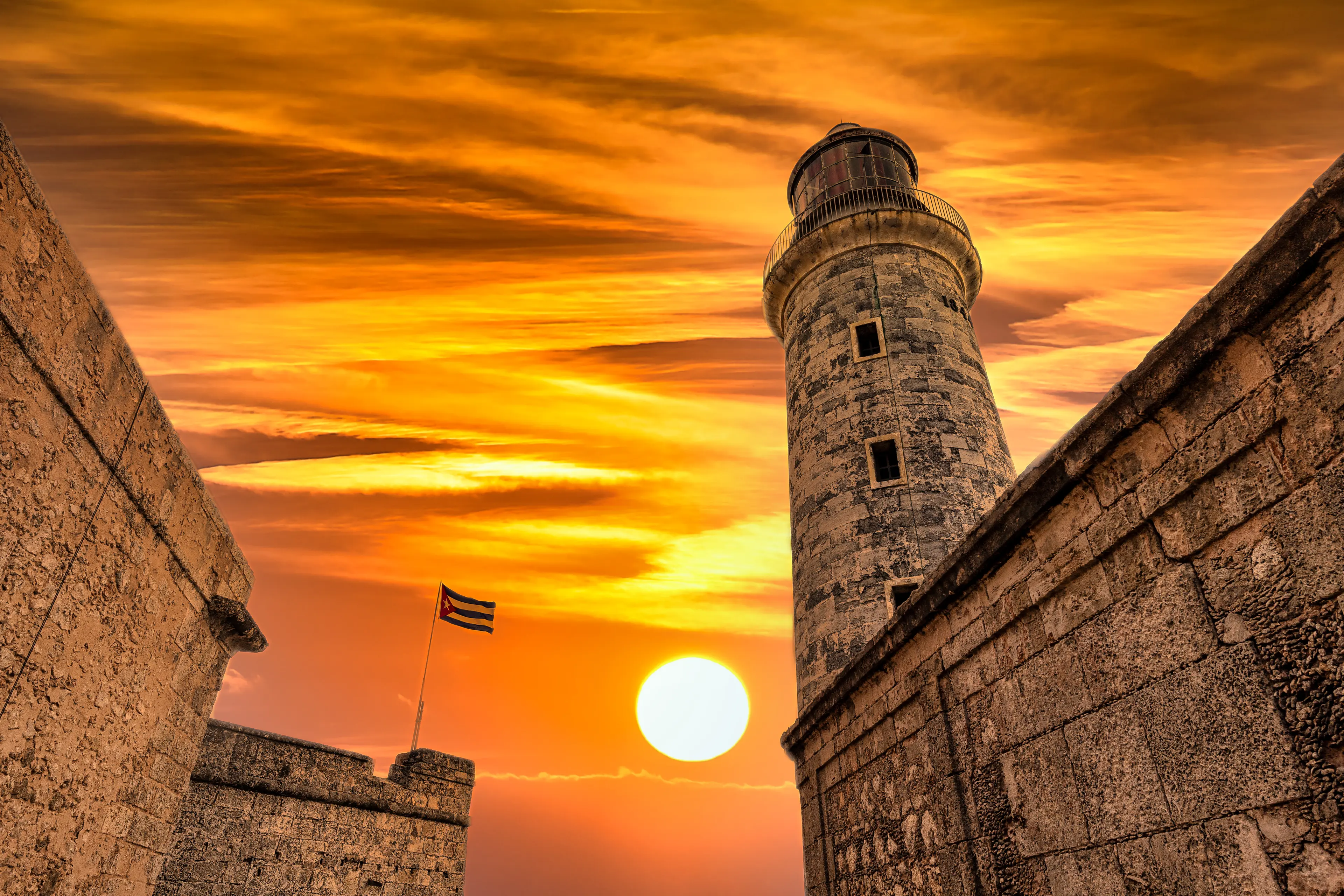
About Havana, Cuba
Experience the vibrant culture and rich history of Havana, Cuba's captivating capital. Walk along the colorful streets of Old Havana, a UNESCO World Heritage site, where you'll find beautifully preserved Spanish colonial architecture. Visit the iconic El Capitolio and the Revolution Museum to delve into Cuba's intriguing past. Enjoy the lively music scene, from the pulsating rhythms of salsa to the smooth sounds of jazz. Savor authentic Cuban cuisine and the world-famous Cuban cigars. Relax on the stunning beaches or explore the lush countryside. Havana's warm, friendly locals and its blend of old-world charm and modern energy make it a truly unique destination. Whether you're a history buff, a foodie, or a beach lover, Havana offers an unforgettable travel experience.
4-Day Itinerary
Day 2
Botanical Gardens and the Vibrant Neighborhood of Vedado
Morning
Start your day with a visit to the lush Botanical Gardens. Enjoy the tranquility and the diverse range of plants and flowers.
Lunch
Have lunch at a local café and try a traditional Cuban sandwich. These hearty sandwiches are a staple of Cuban cuisine.
Afternoon
Spend the afternoon exploring the vibrant neighborhood of Vedado. This area is known for its beautiful colonial architecture and bustling street life.
Dinner
Enjoy a traditional Cuban dinner at a local restaurant. Try the ropa vieja, a classic Cuban dish made with shredded beef.
Evening
End your day with a visit to the famous Tropicana Club. Enjoy a spectacular show of music and dance, a true Cuban experience.
Day 3
Relaxation at Playa del Este and Historic Exploration at Fortaleza de San Carlos de la Cabaña
Morning
Start your day with a visit to the beautiful Playa del Este. Relax on the white sandy beach and take a dip in the crystal clear waters.
Lunch
Have lunch at a beachside restaurant and enjoy the fresh seafood and stunning ocean views.
Afternoon
Spend the afternoon exploring the historic Fortaleza de San Carlos de la Cabaña. This 18th-century fortress offers stunning views of the city and the sea.
Dinner
Dine at a local restaurant and try the traditional Cuban dish of moros y cristianos, a delicious combination of black beans and rice.
Evening
End your day with a relaxing stroll through the Plaza de la Catedral. This beautiful square is home to the stunning Havana Cathedral.
Day 4
Colorful Callejón de Hamel and Historic Centro Habana
Morning
Start your day with a visit to the vibrant Callejón de Hamel. This street is known for its colorful murals and lively street performances.
Lunch
Enjoy a traditional Cuban lunch at a local paladar. Try the lechon asado, a delicious roast pork dish.
Afternoon
Spend the afternoon exploring the historic neighborhood of Centro Habana. This area is known for its beautiful colonial architecture and bustling street life.
Dinner
Dine at a local restaurant and try the traditional Cuban dish of picadillo, a delicious ground beef stew.
Evening
End your trip with a relaxing walk along the Malecón. Enjoy the stunning views of the city and the sea as the sun sets.
Attractions in Itinerary (10)
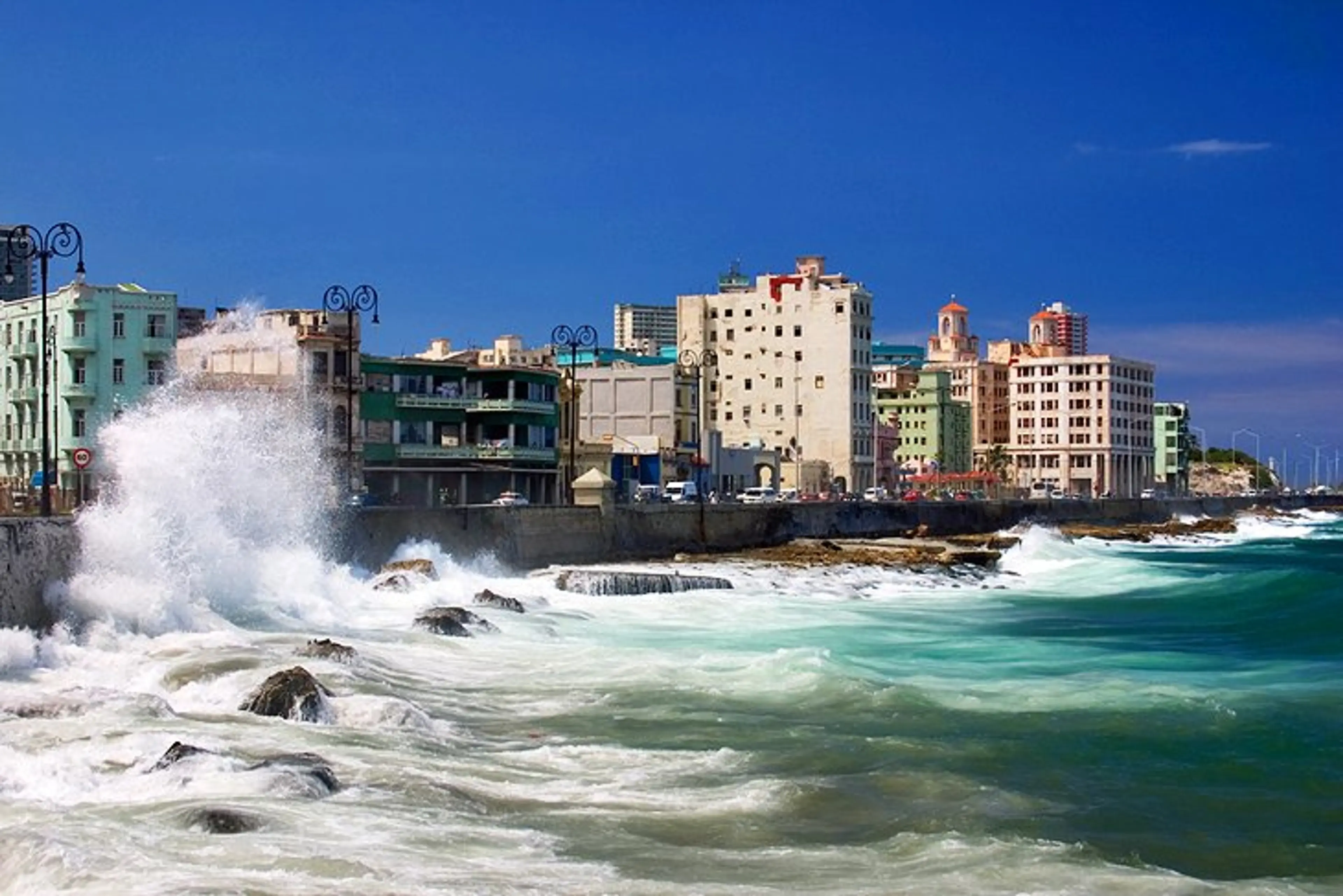
1Malecón
The Malecón is a famous seafront promenade in Havana. It's a popular spot for socializing, especially in the evenings, with stunning views of the sunset over the sea.
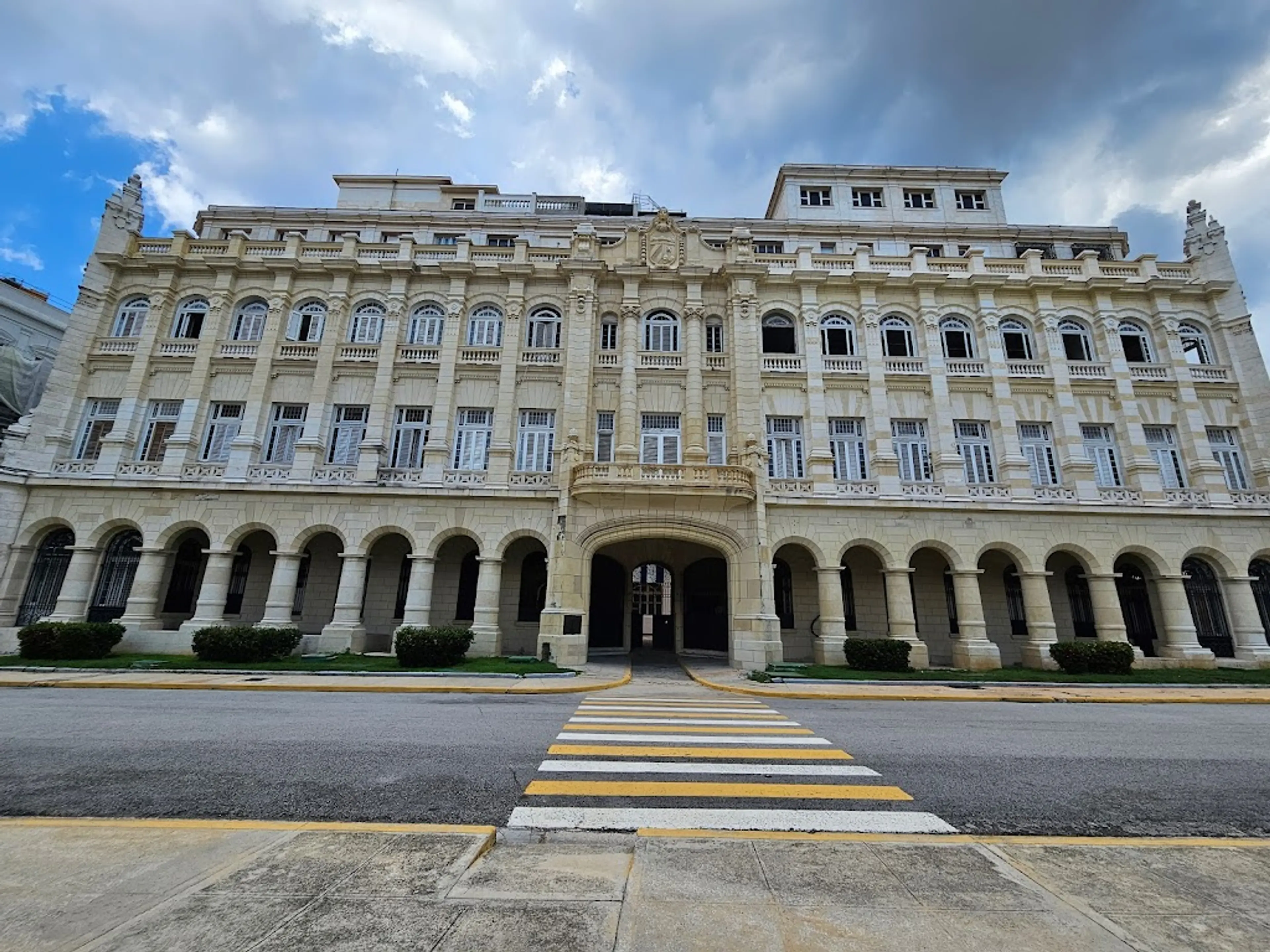
2Museum of the Revolution
The Museum of the Revolution is housed in the former Presidential Palace. It offers a detailed history of the Cuban Revolution, with exhibits featuring documents, photographs, and artifacts.
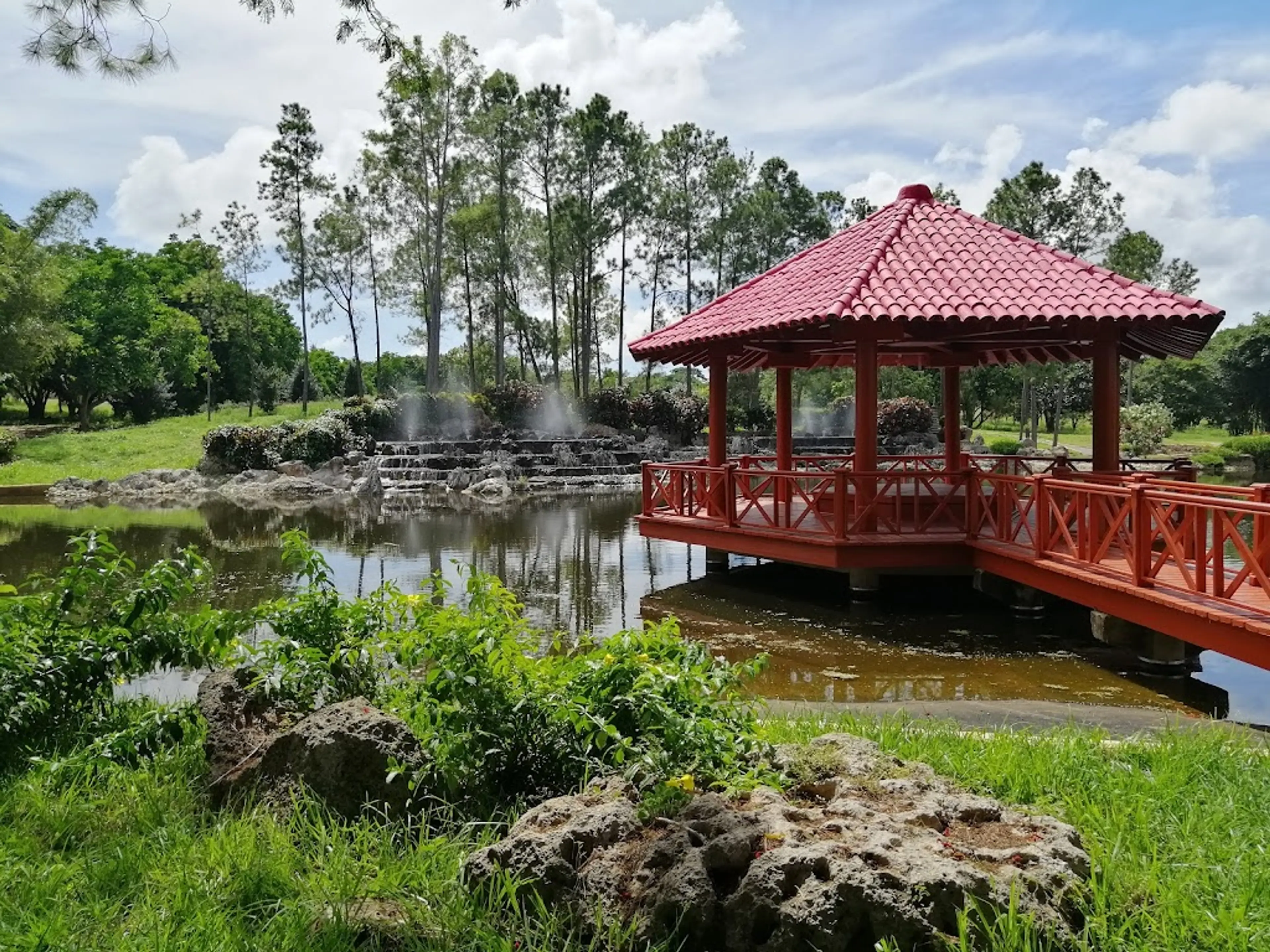
3Botanical Gardens
One of the largest botanical gardens in the world, featuring a variety of plant species, including a large collection of palm trees.
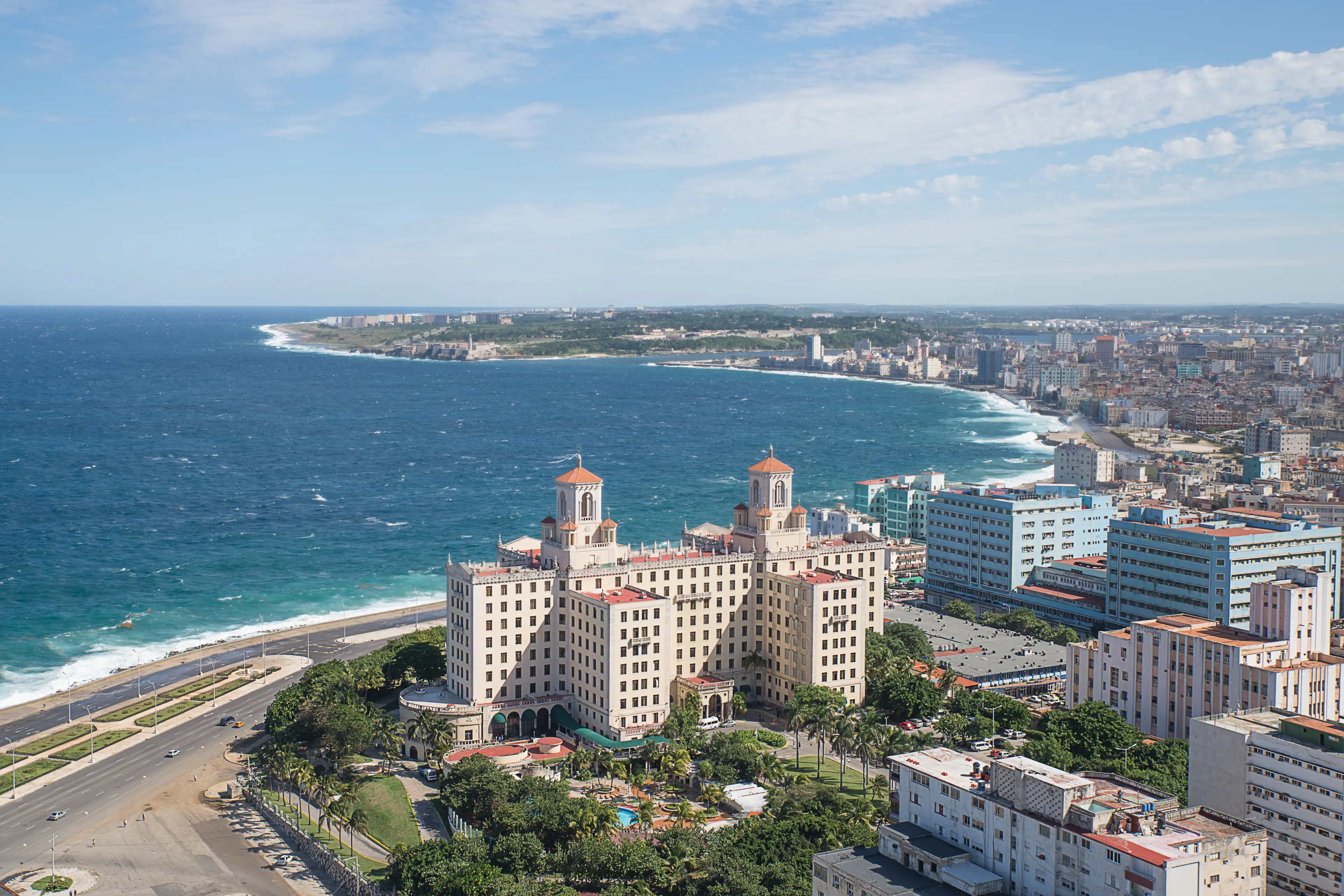
4Vedado
Vedado is a modern district in Havana known for its vibrant nightlife, restaurants, and hotels. It's also home to the University of Havana and several embassies.
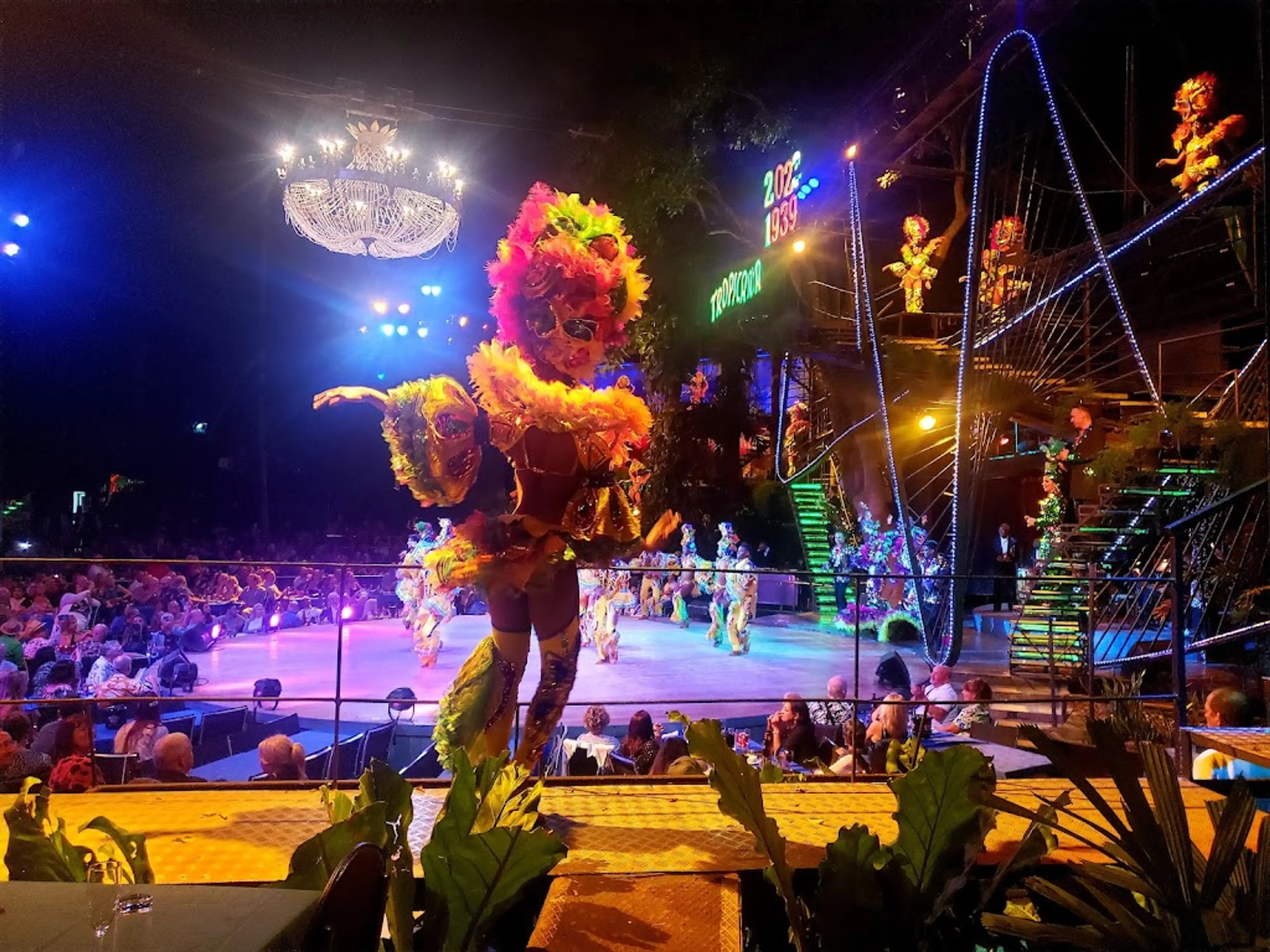
5Tropicana Club
A world-renowned cabaret and club in Havana, known for its spectacular shows and rich history.
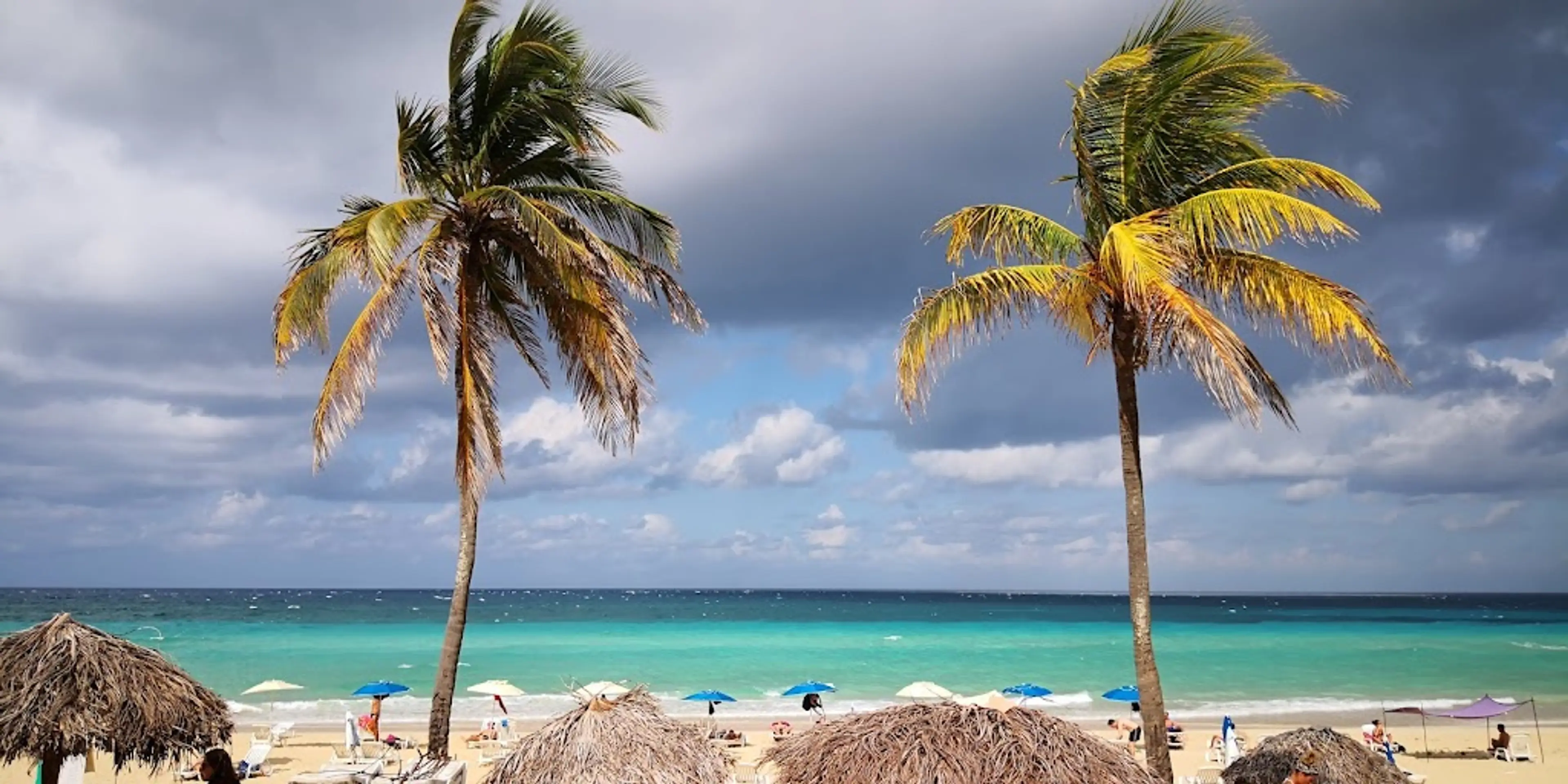
6Playa del Este
A popular beach destination located just east of Havana, known for its white sand beaches and clear blue waters.
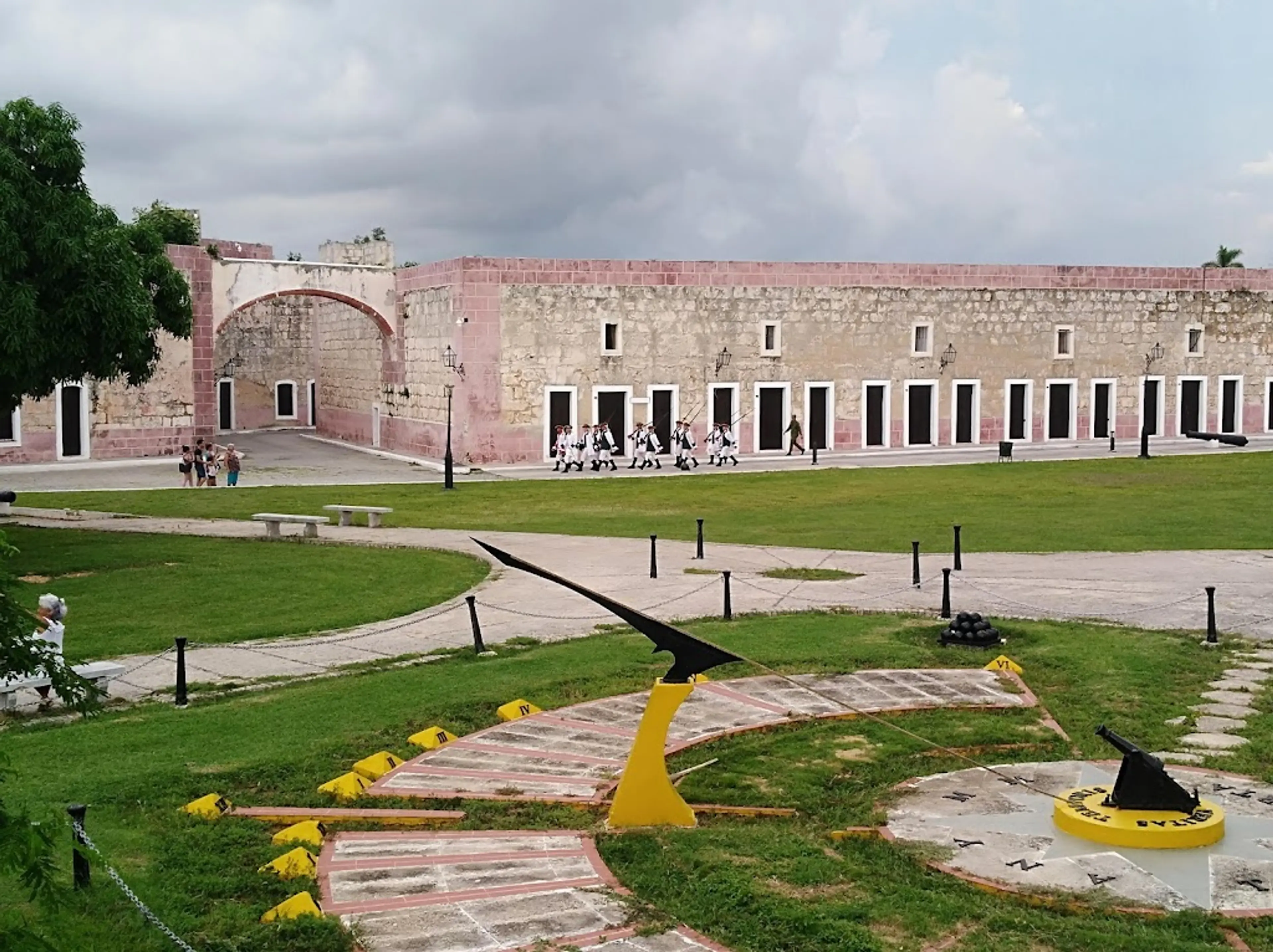
7Fortaleza de San Carlos de la Cabaña
Fortaleza de San Carlos de la Cabaña is a massive fortress located at the entrance of Havana harbor. It's part of the UNESCO World Heritage site of Old Havana and its Fortifications.
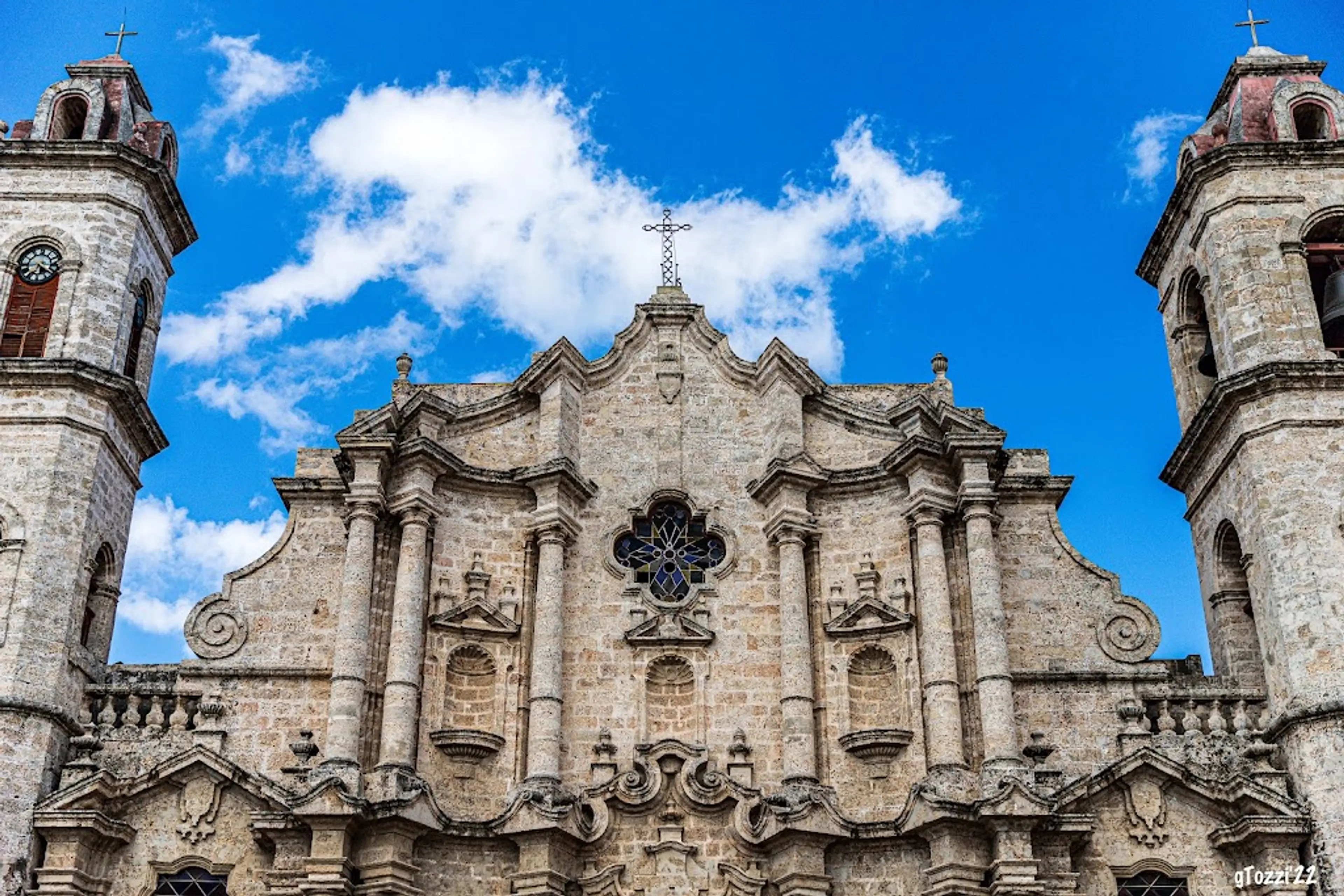
8Plaza de la Catedral
A notable square located in the heart of Old Havana, home to the stunning Catedral de San Cristóbal and surrounded by colonial architecture.
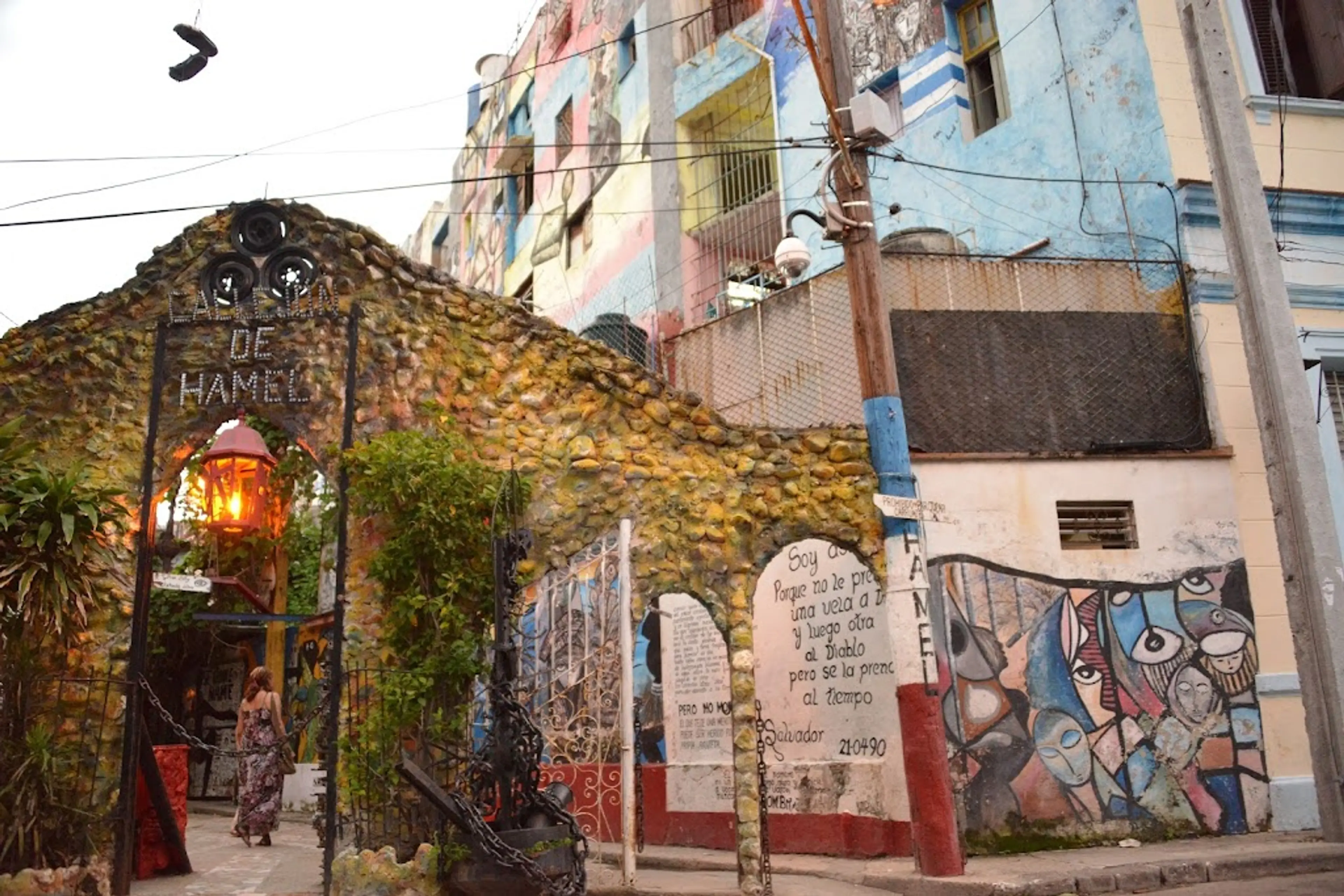
9Callejón de Hamel
Known for its vibrant murals and Afro-Cuban culture, Callejón de Hamel is a small alleyway that hosts a popular weekly rumba dance party.
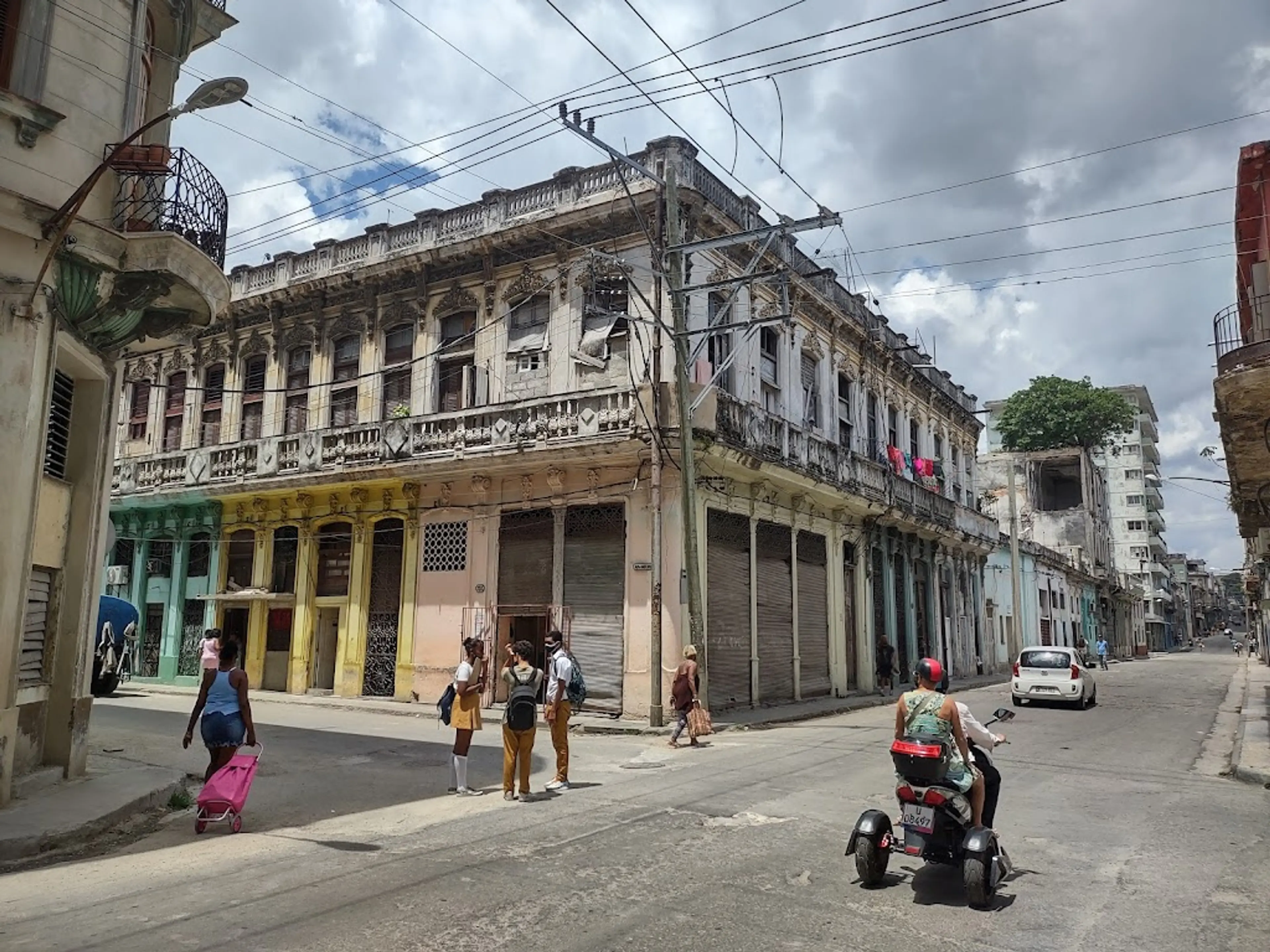
10Centro Habana
A densely populated district located between Vedado and Old Havana, known for its neoclassical architecture and vibrant street life.
Local Food and Drinks (12)
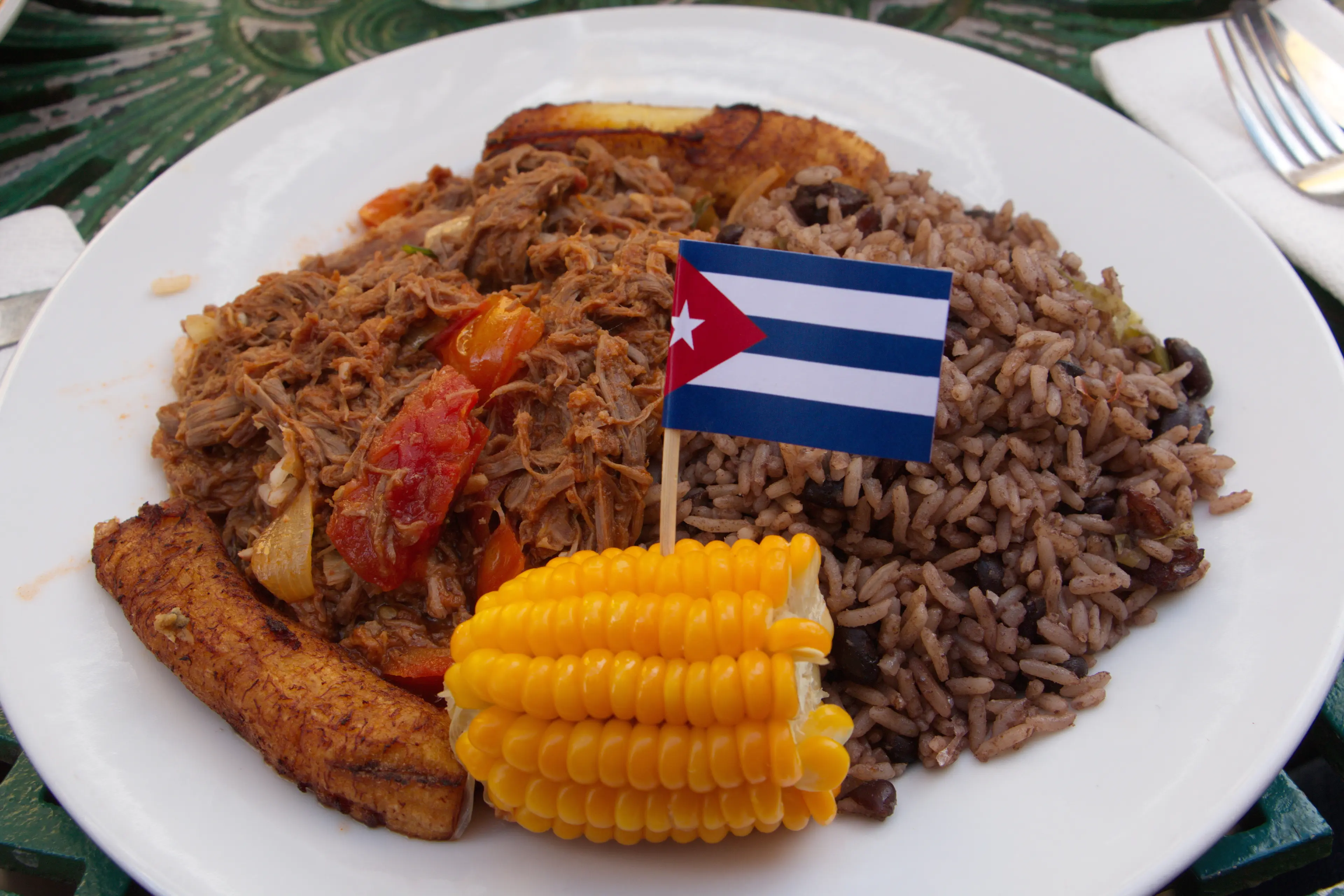
Ropa Vieja
This is a popular Cuban dish made from shredded beef stewed with vegetables. It is considered a national dish of Cuba and is a must-try for any visitor to Havana.
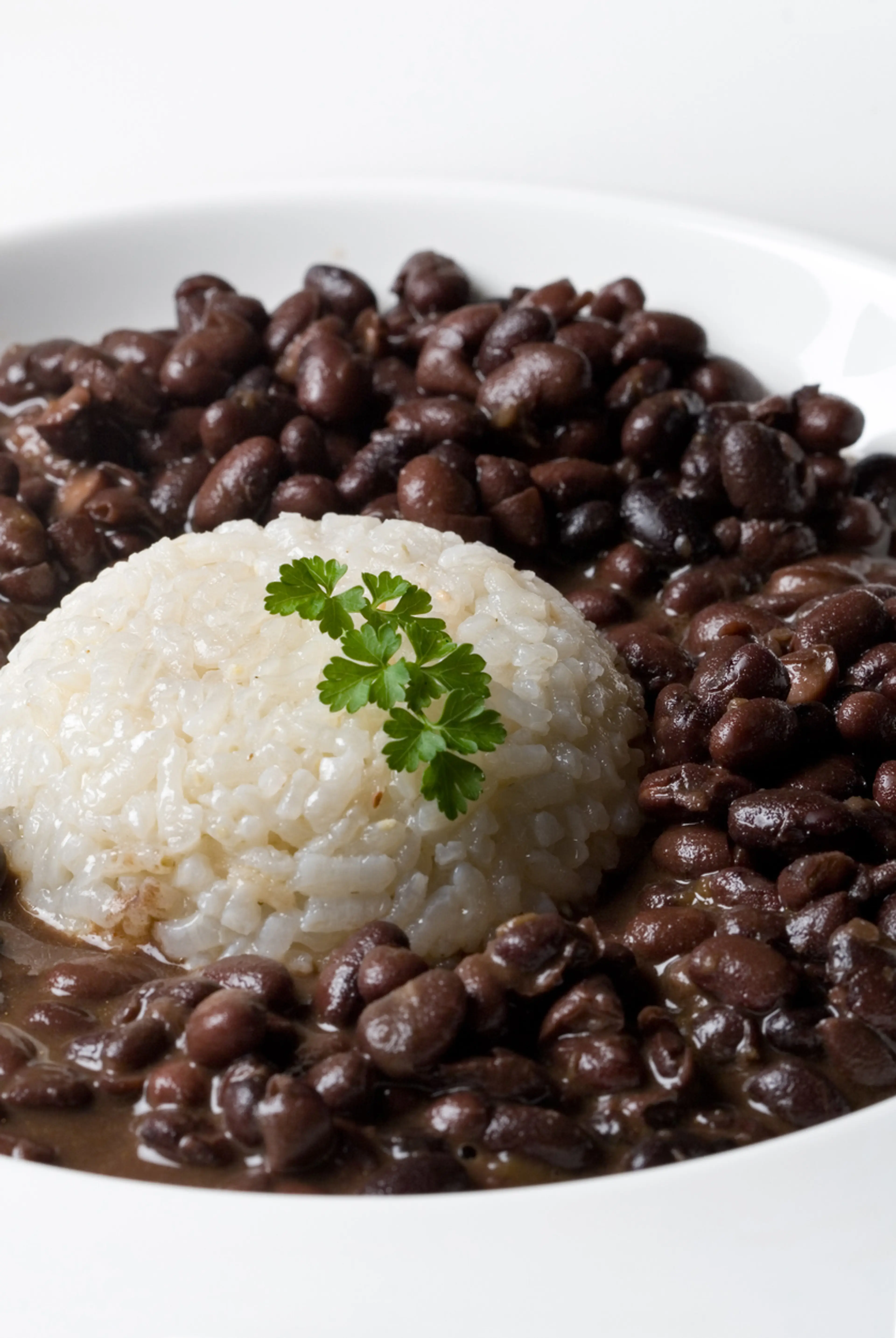
Moros y Cristianos
This is a traditional Cuban dish of black beans and rice. The name translates to 'Moors and Christians', symbolizing the African and Spanish influences in Cuban cuisine.
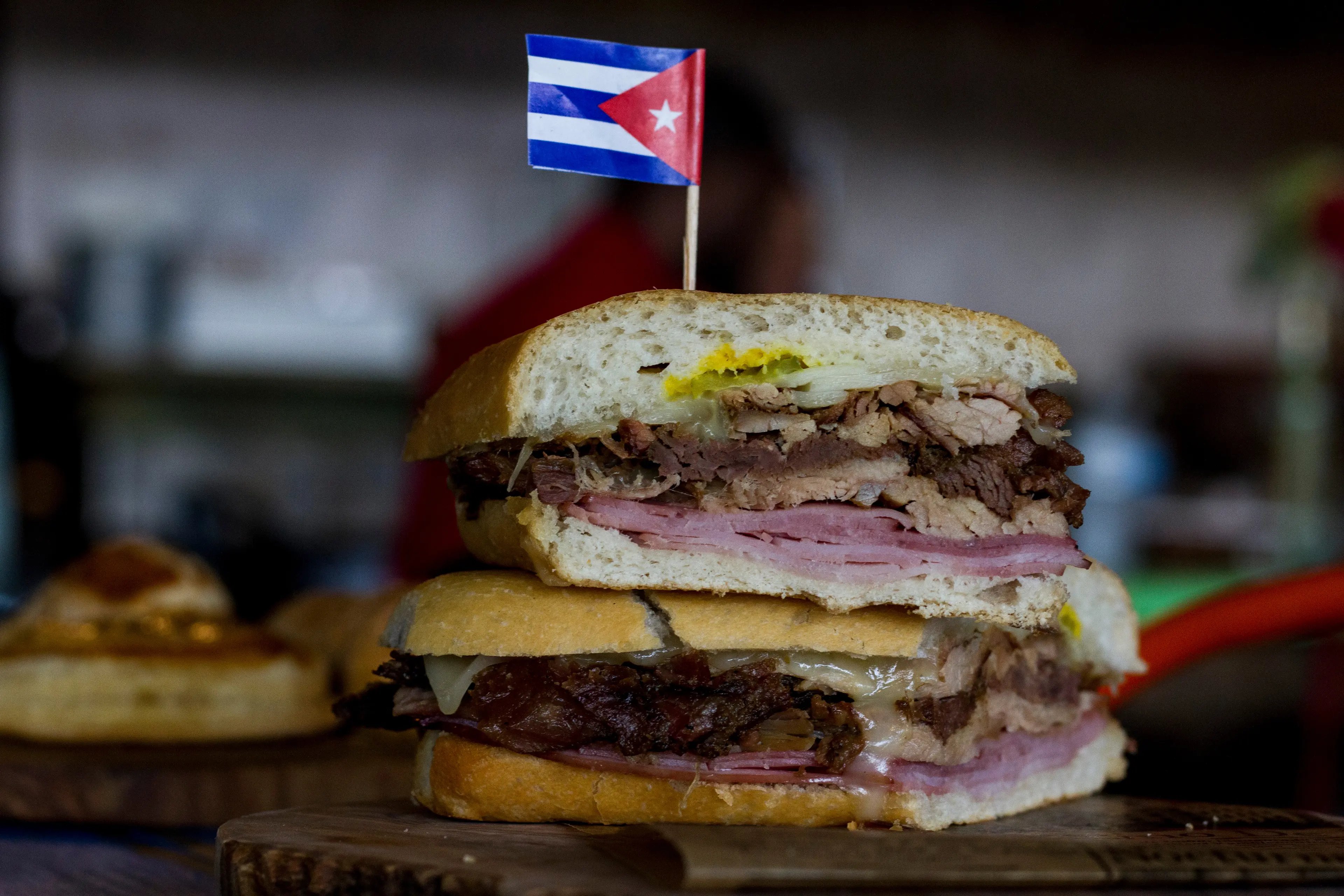
Cuban Sandwich
A Cuban sandwich is a variation of a ham and cheese sandwich that originated in cafes catering to Cuban workers in Havana. It is made with ham, roasted pork, Swiss cheese, pickles, mustard, and sometimes salami on Cuban bread.
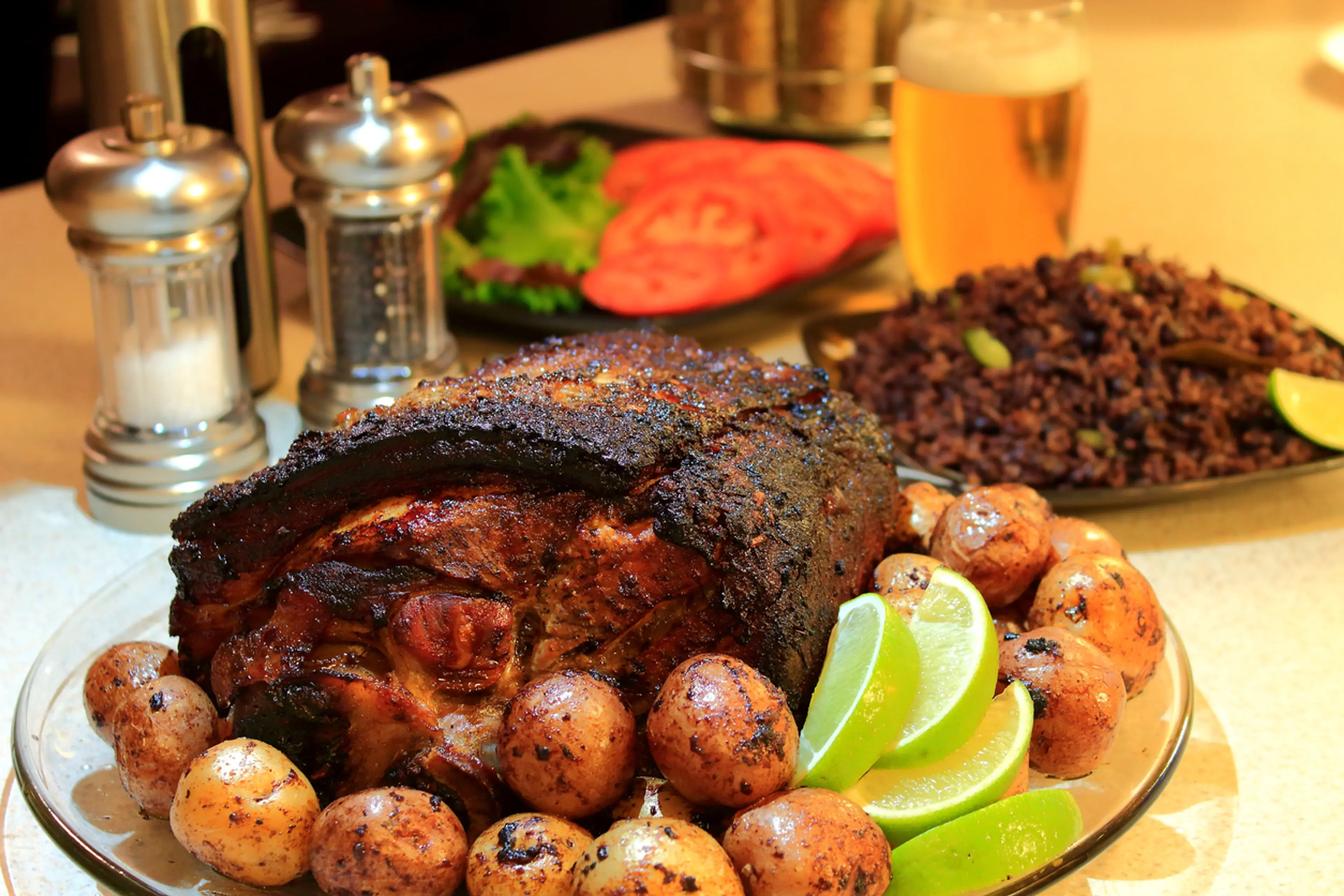
Lechón Asado
Lechón Asado is a traditional Cuban dish of roast pork, marinated in a garlic-citrus sauce and slow-roasted until tender. It is a common dish during celebrations in Havana.
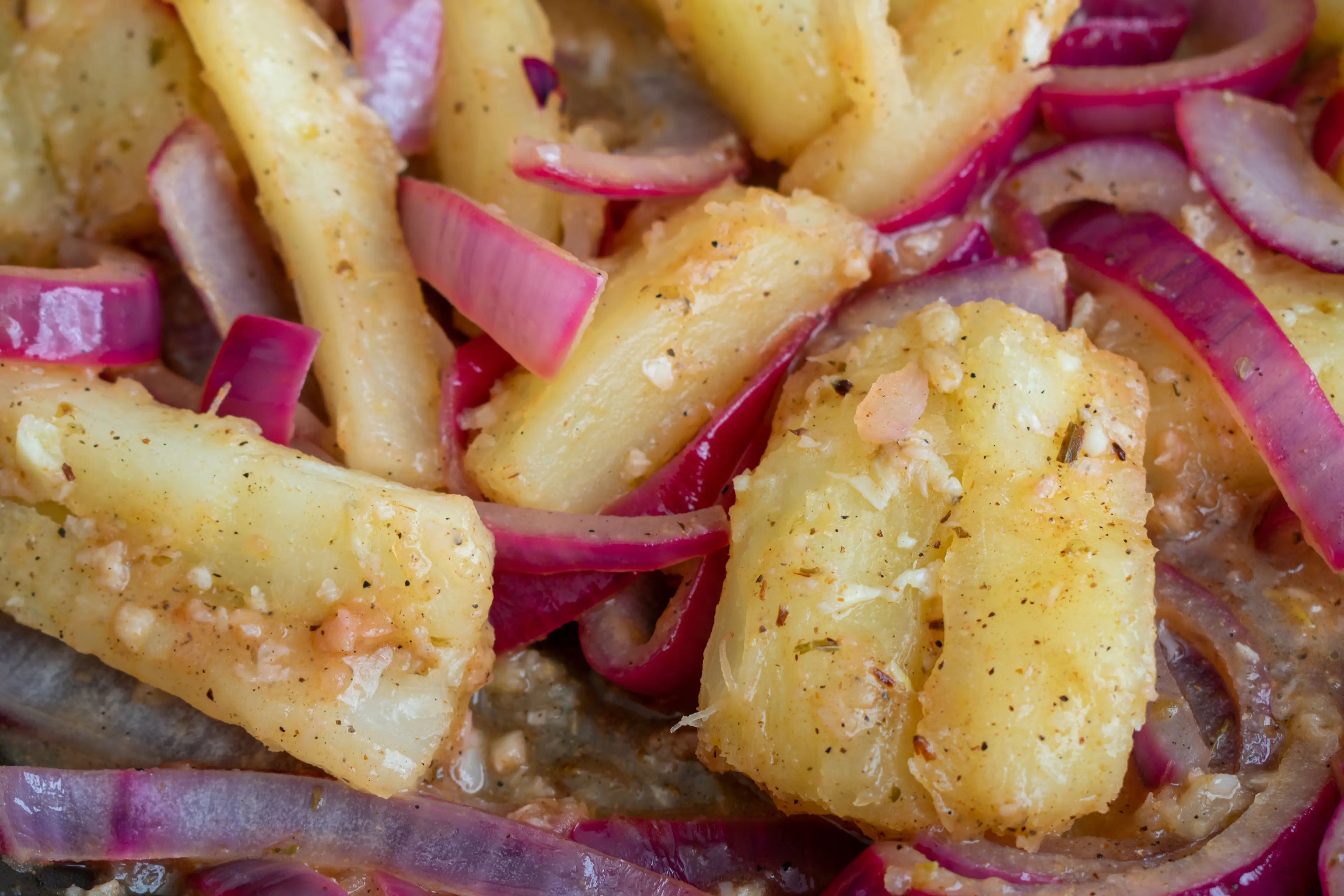
Yuca con Mojo
This is a traditional Cuban dish of cassava (yuca) served with a sauce (mojo) made from garlic, olive oil, and citrus juices. It is a staple in Cuban cuisine and is commonly served in homes and restaurants in Havana.
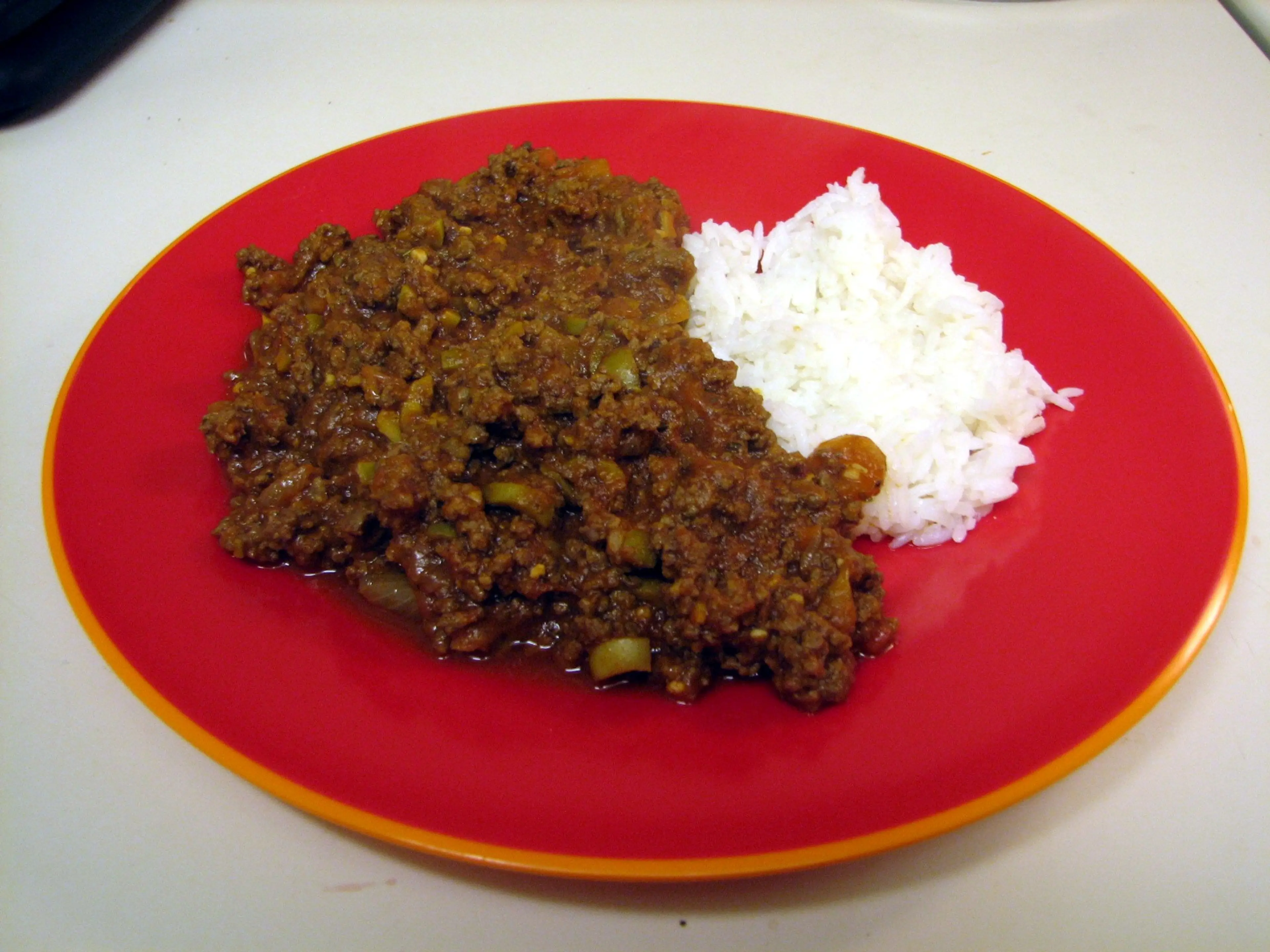
Picadillo
Picadillo is a traditional Cuban dish made from ground beef, tomatoes, olives, and other ingredients. It is often served with rice and is a common meal in Havana.
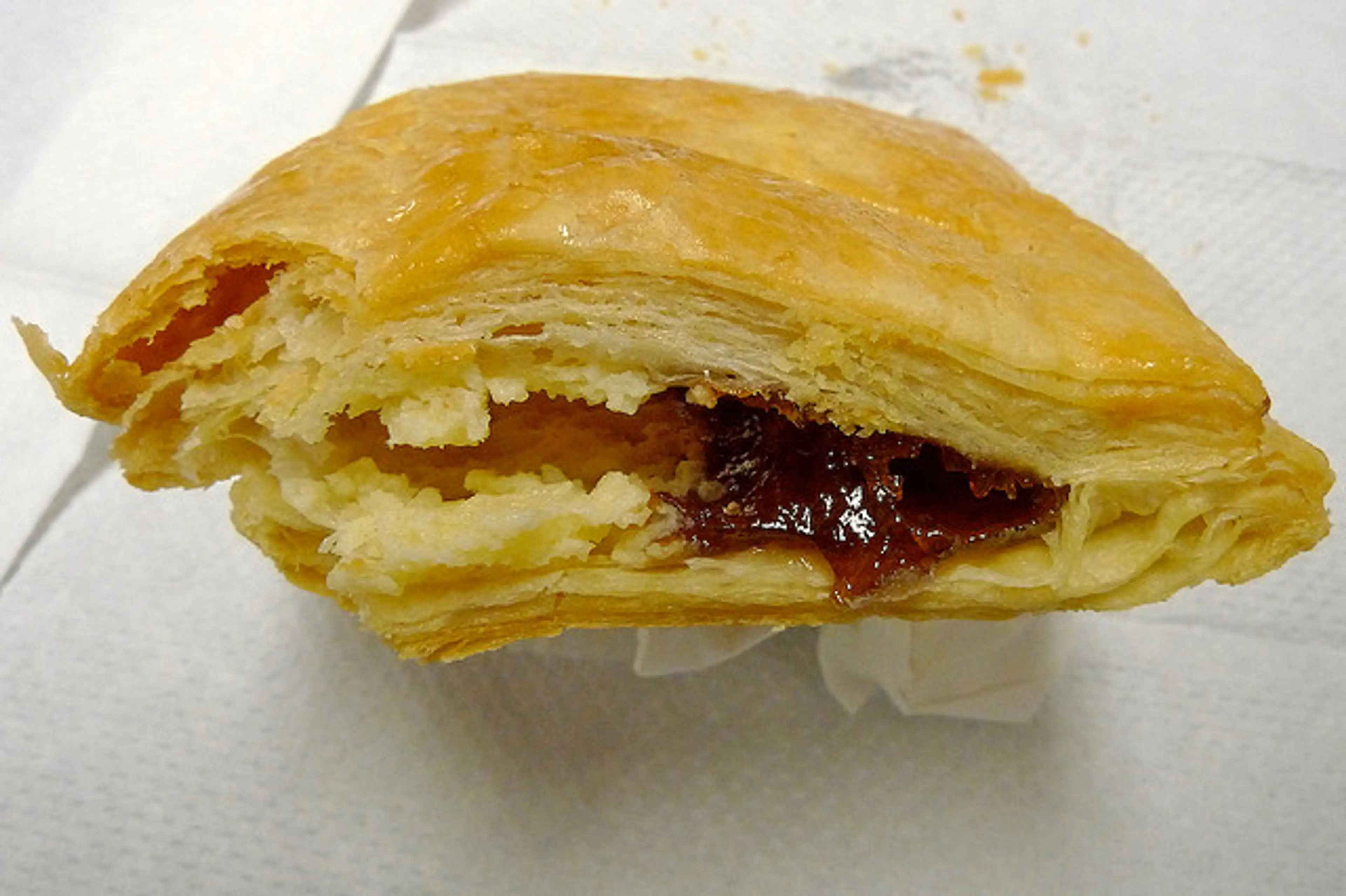
Pastelitos
Pastelitos are a type of Cuban pastry filled with various fillings such as guava, cheese, or meat. They are a popular snack and dessert in Havana.
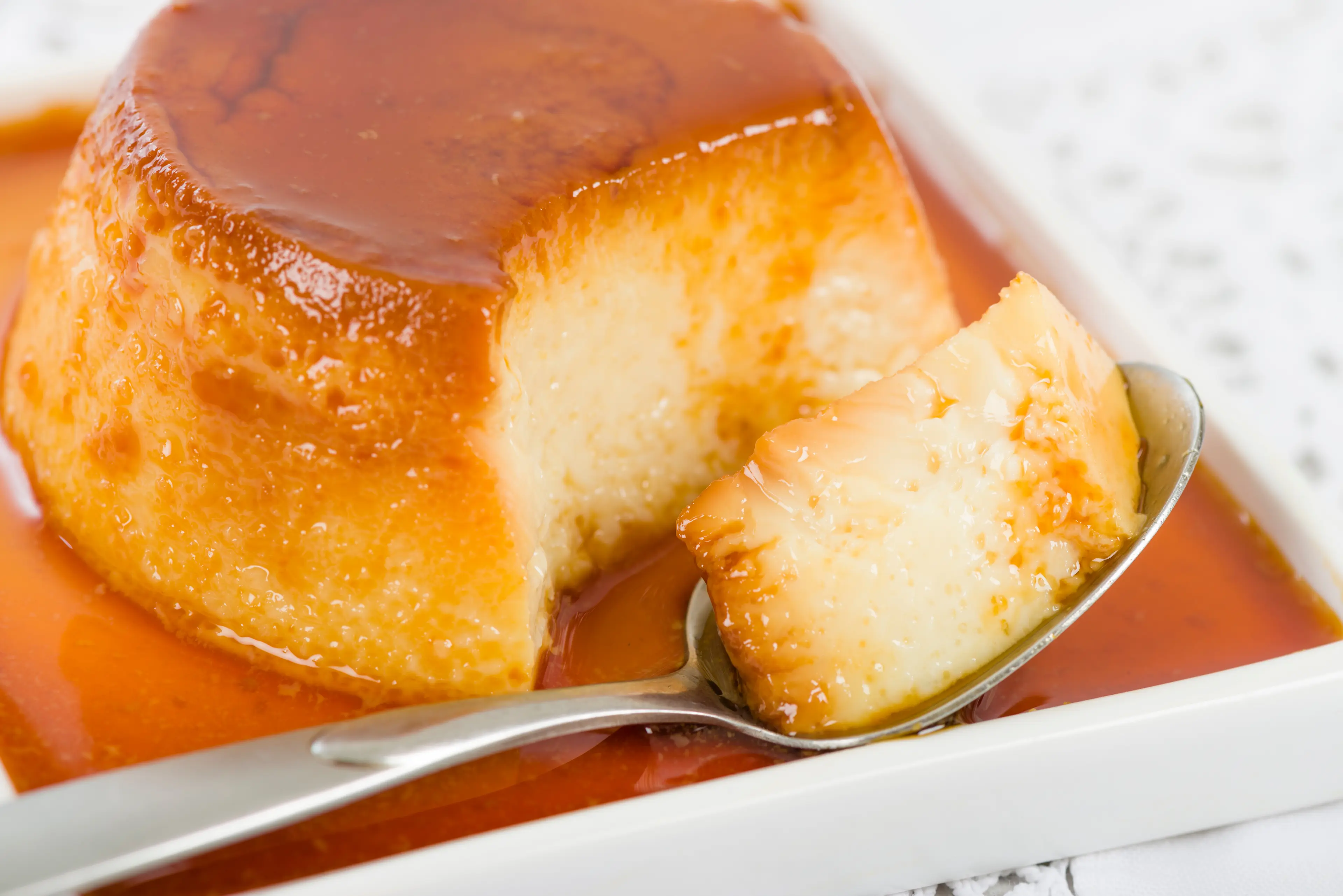
Flan
Flan is a popular dessert in Havana, made from eggs, condensed milk, and sugar, topped with a caramel sauce. It is a classic dessert in Cuban cuisine.
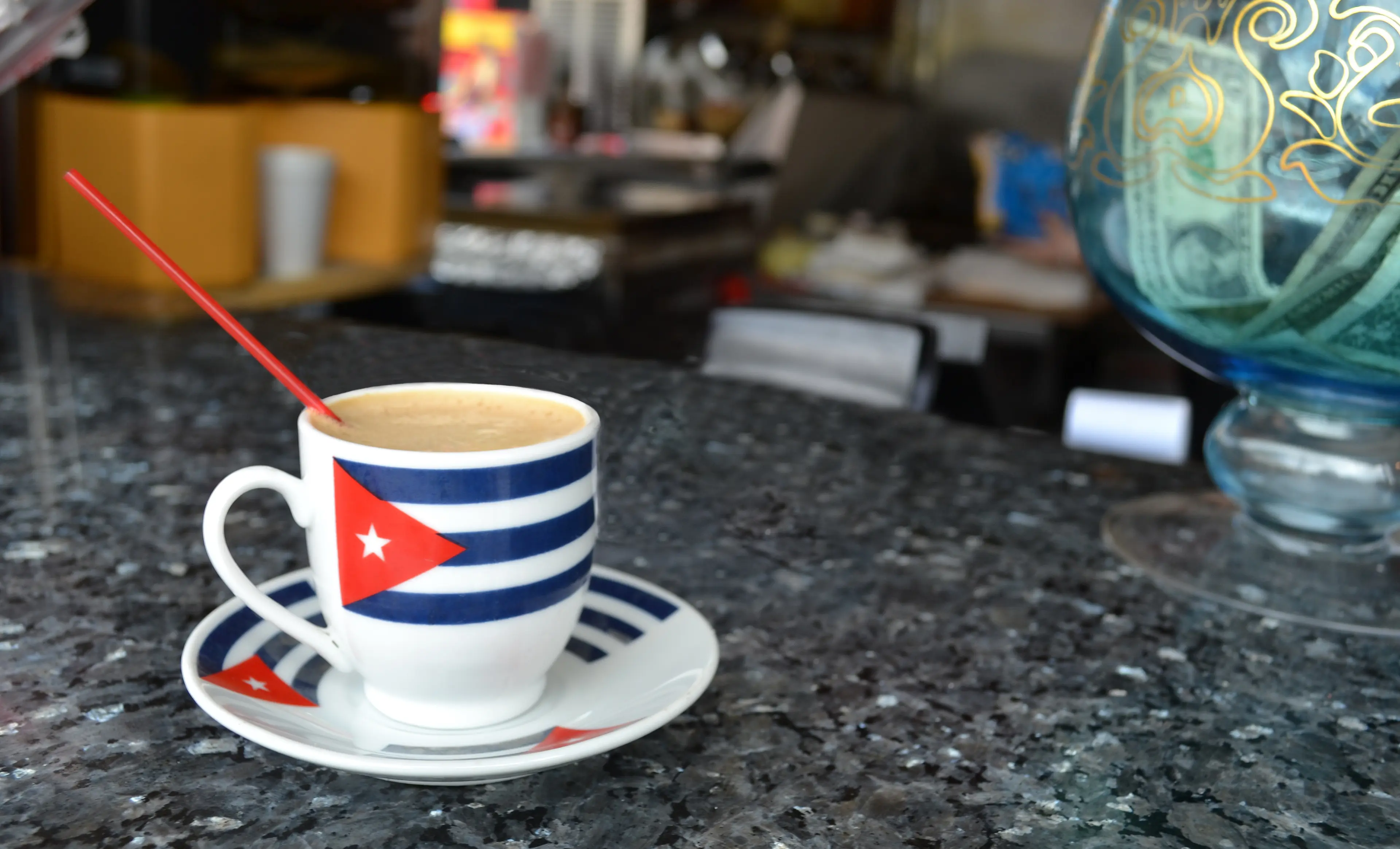
Cuban Coffee
Cuban coffee, or 'cafecito', is a strong, sweet espresso drink that is a staple in Havana. It is traditionally served in small, espresso-sized cups.
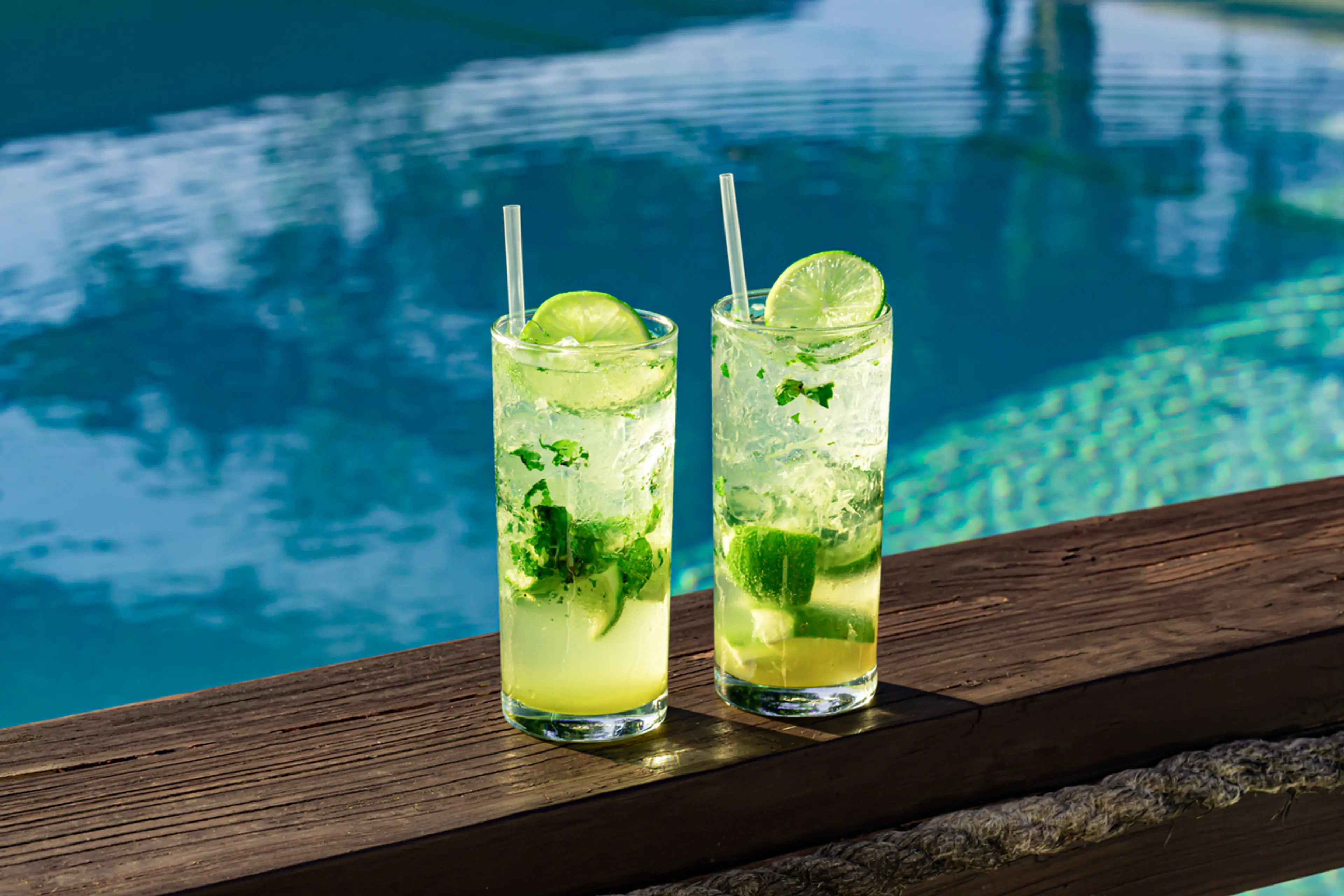
Mojito
The Mojito is a famous Cuban cocktail made from white rum, sugar, lime juice, soda water, and mint. It is a refreshing drink that is popular in Havana.
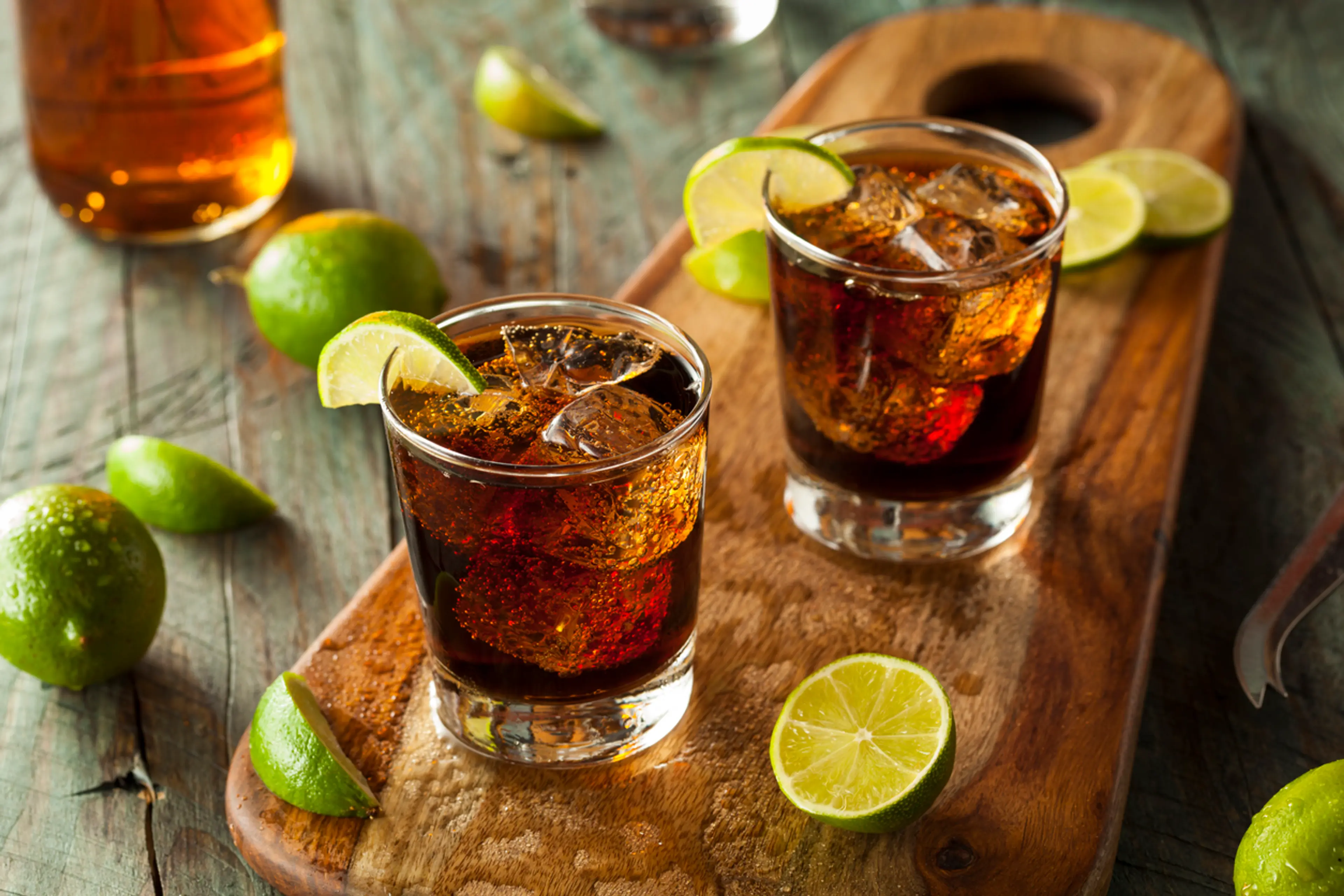
Cuba Libre
The Cuba Libre is a popular Cuban cocktail made from rum, coke, and lime. It is a classic drink in Havana and is a must-try for any visitor.
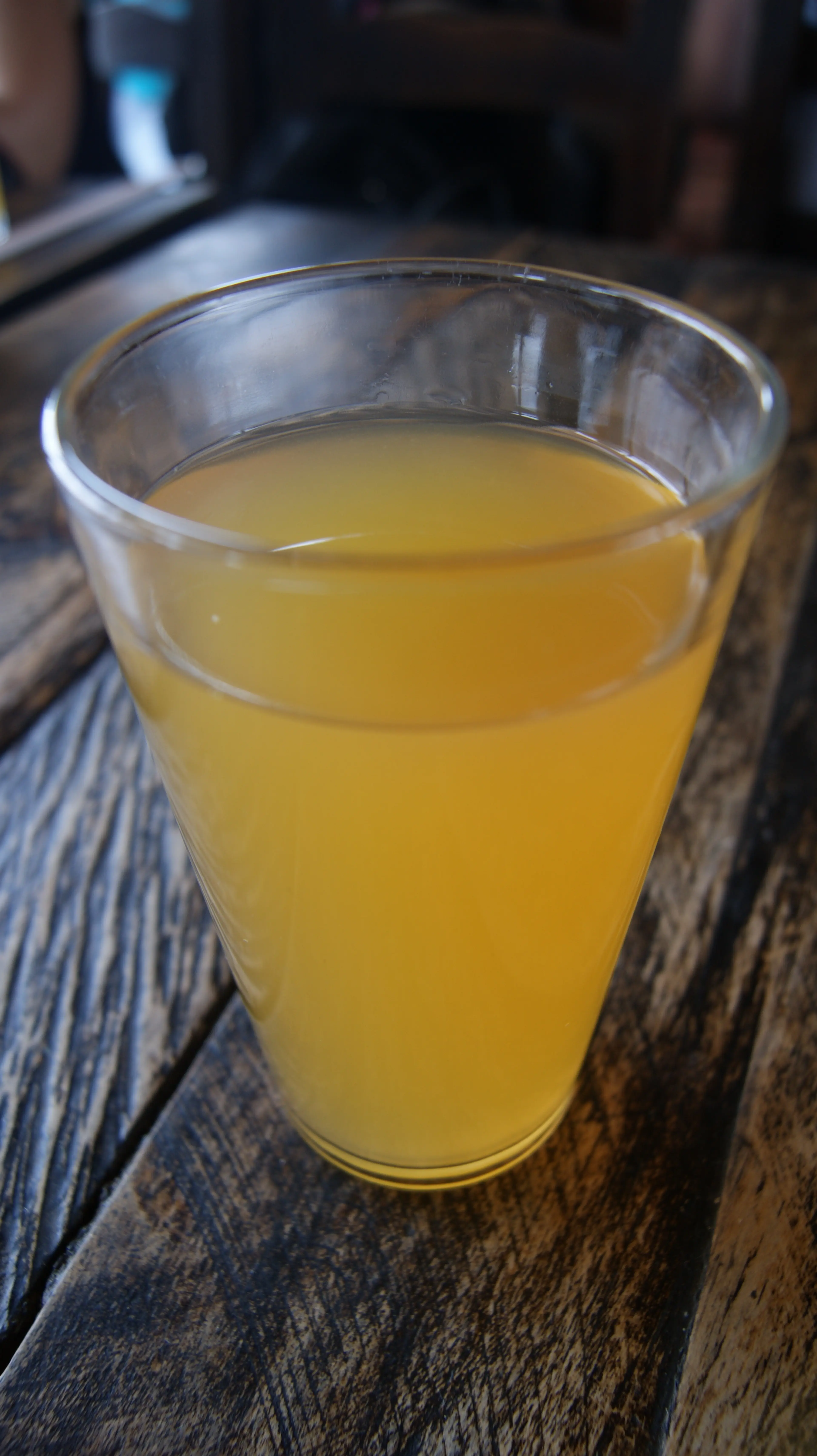
Guarapo
Guarapo is a traditional Cuban drink made from sugar cane juice. It is a refreshing, sweet drink that is popular in Havana.
Best time to visit
The best time to visit Havana, Cuba as a tourist is typically during the dry season, which runs from November to April. During these months, you can expect less rainfall and more comfortable temperatures, making it ideal for exploring the city's rich history, culture, and beautiful outdoor settings. Additionally, this period avoids the hurricane season that can occur from June to November. However, it's worth noting that this is also the peak tourist season, so you may encounter larger crowds at popular attractions.
How to get around
Classic Car Taxi
These are vintage American cars that have been converted into taxis. They are an iconic part of Havana's cityscape and offer a unique way to see the city. They can be hailed on the street or pre-booked.
Yellow Taxi
These are modern, air-conditioned cars that operate as taxis. They are metered and can be hailed on the street or booked in advance.
Bicitaxi
A bicitaxi is a type of rickshaw that is pedaled by a driver. They are a common sight in Havana and are a fun and eco-friendly way to get around the city. They are best for short distances.
Coco Taxi
These are small, yellow, coconut-shaped taxis that can carry up to three passengers. They are a fun and unique way to travel around Havana.
Public Bus
Havana has an extensive public bus network that covers the entire city. Buses are a cheap and efficient way to get around, but they can get crowded during peak hours.
Rental Car
If you prefer to drive yourself, you can rent a car. However, be aware that driving in Havana can be challenging due to the city's unique traffic rules and road conditions.
Private Driver
For a more comfortable and convenient way to travel, you can hire a private driver. This is a popular option for tourists as it allows you to explore the city at your own pace.
Ridesharing
Ridesharing services like Uber are not currently available in Havana. However, there are local apps like Bajanda that offer a similar service. These apps allow you to book a ride with a local driver using your smartphone.
Shared Taxi
Shared taxis, also known as 'almendrones', are a popular and affordable way to get around Havana. They follow fixed routes and you can hop on and off as you please.
Pedestrian
Havana is a very walkable city with many of its main attractions located close to each other. Walking allows you to take in the city's vibrant street life and beautiful architecture at your own pace.
Horse-drawn Carriage
For a romantic or nostalgic experience, you can take a horse-drawn carriage ride around Old Havana. These carriages are a throwback to a bygone era and offer a unique way to see the city.
Bicycle Rental
Bicycles are a popular mode of transport in Havana and can be rented from various locations around the city. They offer a fun and active way to explore the city.
Important information
Currency₱ CUP
Time zoneUTC-5
Driving sideRight
Emergency phone26811
Drinking waterYes
Power sockets
Voltage110 V, 220 V
Things to know about Havana, Cuba as a first time visitor
1
Cuba operates on a dual currency system: the Cuban Peso (CUP) and the Cuban Convertible Peso (CUC). As a tourist, you'll primarily use CUC.
2
Credit cards are not widely accepted, especially those issued by American banks. It's best to bring cash and exchange it upon arrival.
3
Internet access is limited. While some hotels and public squares offer Wi-Fi, it's often slow and unreliable.
4
Spanish is the official language of Cuba. While some Cubans speak English, it's helpful to know basic Spanish phrases.
5
Cuba is generally safe for tourists, but petty theft can occur. Keep your belongings secure and be aware of your surroundings.
6
Tap water is not safe to drink. Always opt for bottled water.
7
Cuban cuisine is a blend of Spanish, African, and Caribbean influences. Common dishes include rice and beans, roast pork, and fried plantains.
8
Cuba has a tropical climate. The average temperature ranges from 70°F (21°C) in January to 81°F (27°C) in July.
9
Cuba has a rich music scene. From salsa to son, music is a big part of Cuban culture.
10
Tipping is customary in Cuba. A tip of 10% is standard in restaurants and for taxi drivers.
11
Public transportation in Havana is not reliable. Taxis are the best way to get around the city.
12
Cuba has a rich history of producing world-class cigars. If you plan to buy cigars, ensure they are from a reputable source to avoid counterfeits.
13
Cubans are known for their hospitality and friendliness. Don't be surprised if locals strike up a conversation with you.
14
Cuba has a rich tradition of producing rum. Trying a local rum is a must-do.
15
Cuba has a mandatory health insurance policy for all visitors. Ensure you have adequate travel insurance that covers medical expenses.
16
Cuban healthcare is of a high standard. However, pharmacies often lack supplies, so bring any necessary medications with you.
17
Cuba is in the Eastern Standard Time zone and does not observe daylight saving time.
18
Cuba has strict regulations on exporting antiques and artworks. If you plan to buy such items, ensure you have the necessary documentation.
19
Public displays of affection between same-sex couples can attract unwanted attention. While attitudes are changing, Cuba remains a conservative society.
20
Cuba has a dress code that leans towards conservative, especially in religious buildings. It's best to avoid revealing clothing.
Basic Spanish to know as a first time visitor
English phrase | Native phrase | Pronunciation | When to use it |
|---|---|---|---|
Hello | Hola | oh-la | Greeting someone |
Goodbye | Adiós | ah-dee-os | Leaving someone |
Please | Por favor | por fa-vor | Making a request |
Thank you | Gracias | gra-see-as | Expressing gratitude |
Yes | Sí | see | Agreeing or confirming |
No | No | no | Disagreeing or denying |
Excuse me | Perdón | per-don | Getting someone's attention or apologizing |
I'm sorry | Lo siento | lo see-en-to | Apologizing |
Do you speak English? | ¿Hablas inglés? | ab-las in-gles | Asking if someone speaks English |
I don't understand | No entiendo | no en-tee-en-do | When you don't understand what's being said |
Where is the bathroom? | ¿Dónde está el baño? | don-de es-ta el ban-yo | Asking for directions to the bathroom |
How much does it cost? | ¿Cuánto cuesta? | quan-to cues-ta | Asking the price of something |
I would like... | Me gustaría... | me gus-ta-ree-a | Making a request or order |
Can I have the bill, please? | ¿Puedo tener la cuenta, por favor? | pwe-do te-ner la kwen-ta, por fa-vor | Asking for the bill in a restaurant |
Help! | ¡Ayuda! | a-yu-da | In case of emergency |
Call the police! | ¡Llama a la policía! | ya-ma a la po-lee-see-a | In case of emergency |
I need a doctor | Necesito un médico | ne-ce-si-to un me-di-co | In case of medical emergency |
Water | Agua | a-gwa | Ordering water or asking for water |
Food | Comida | co-mi-da | Talking about food |
Cheers! | ¡Salud! | sa-lud | Making a toast |
Packing List
Clothing
Lightweight clothing
Underwear
Swimwear
Sunglasses
Sun hat
Comfortable walking shoes
Evening wear
Light jacket or sweater
Toiletries
Travel-sized shampoo and conditioner
Body wash or soap
Toothbrush and toothpaste
Deodorant
Razor and shaving cream
Sunscreen
Insect repellent
Prescription medications
First-aid kit
Travel documents and essentials
Passport
Driver's license or ID card
Credit and debit cards
Cash (Cuban Convertible Pesos)
Travel insurance documents
Hotel and transportation reservation confirmations
Emergency contacts and addresses
Electronics and gadgets
Smartphone
Charger and adapter
Camera
Headphones
Portable power bank
Laptop or tablet (optional)
Miscellaneous items
Travel guidebook
Spanish-English dictionary or phrasebook
Snacks
Reusable water bottle
Travel pillow and blanket
Umbrella
Ziplock bags for wet or dirty clothes
Weather Conditions
When planning a trip to Havana, Cuba, it's important to consider the weather as it can greatly impact your travel experience. Havana has a tropical monsoon climate, meaning it's generally warm throughout the year with a distinct wet and dry season. The dry season, from November to April, is the most popular time to visit. During this period, you can expect average temperatures to range from 70°F to 80°F (21°C to 27°C). It's a great time for outdoor activities and sightseeing as rainfall is minimal and the humidity is lower. The wet season, from May to October, is characterized by higher humidity and frequent, heavy rainfall, especially in the afternoons. The temperatures during this period can reach up to 90°F (32°C). Despite the rain, it's still a good time to visit as the showers are usually short and the city is less crowded. Regardless of when you visit, it's advisable to pack lightweight, breathable clothing due to the warm climate. Don't forget your sunscreen, sunglasses, and a hat to protect yourself from the strong Caribbean sun. If you're visiting during the wet season, a waterproof jacket or umbrella is a must. Lastly, keep an eye on the weather forecast for any updates on tropical storms or hurricanes, particularly if you're visiting during the hurricane season from June to November. While Havana is not frequently hit directly, these storms can still bring heavy rain and wind. Remember, the weather can sometimes be unpredictable, so it's always best to be prepared. Enjoy your trip to Havana!
| Month | Hi / Lo (°C) | Weather Overview |
|---|---|---|
January | 29° / 18° | January is the coldest month in Havana, but it's still warm with an average temperature of 24 degrees Celsius. It's a great time to visit if you prefer milder weather. |
February | 30° / 18° | February is a bit warmer but still comfortable, with temperatures ranging from 18 to 30 degrees Celsius. It's a great time for outdoor activities. |
March | 31° / 19° | March sees a slight increase in temperature, making it a perfect time for beach activities. The weather is usually sunny with occasional rain. |
April | 32° / 21° | April is a bit warmer, with temperatures ranging from 21 to 32 degrees Celsius. It's a great time to explore the city and enjoy the local cuisine. |
May | 33° / 22° | May marks the beginning of the rainy season, but it's still a good time to visit. The temperature ranges from 22 to 33 degrees Celsius. |
June | 34° / 24° | June is the start of the summer season with temperatures ranging from 24 to 34 degrees Celsius. It's a great time for beach activities, but be prepared for occasional rain. |
July | 35° / 24° | July is one of the hottest months in Havana, with temperatures ranging from 24 to 35 degrees Celsius. It's a great time for beach activities, but be prepared for occasional rain. |
August | 35° / 24° | August is also a hot month with temperatures ranging from 24 to 35 degrees Celsius. It's a great time for beach activities, but be prepared for occasional rain. |
September | 34° / 24° | September is a bit cooler but still warm, with temperatures ranging from 24 to 34 degrees Celsius. It's a great time for outdoor activities, but be prepared for occasional rain. |
October | 33° / 23° | October sees a decrease in temperature, making it a perfect time for outdoor activities. The weather is usually sunny with occasional rain. |
November | 31° / 21° | November is a bit cooler, with temperatures ranging from 21 to 31 degrees Celsius. It's a great time to explore the city and enjoy the local cuisine. |
December | 29° / 19° | December is a great time to visit Havana, with temperatures ranging from 19 to 29 degrees Celsius. It's a great time for outdoor activities and exploring the city. |
Did you know?
Places near by Havana, Cuba
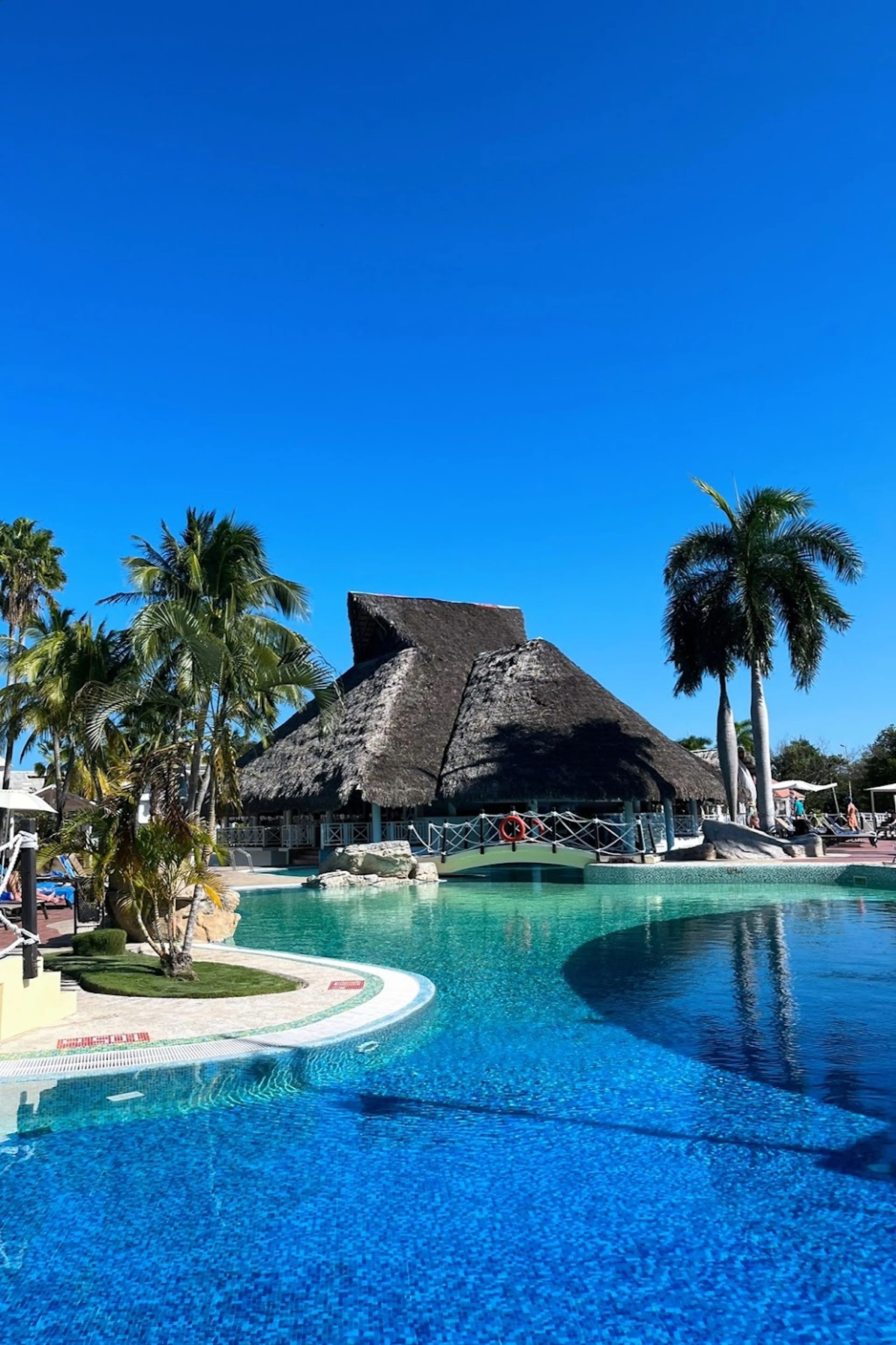
Varadero
Famous for its beaches and resorts, Varadero is a popular tourist destination.
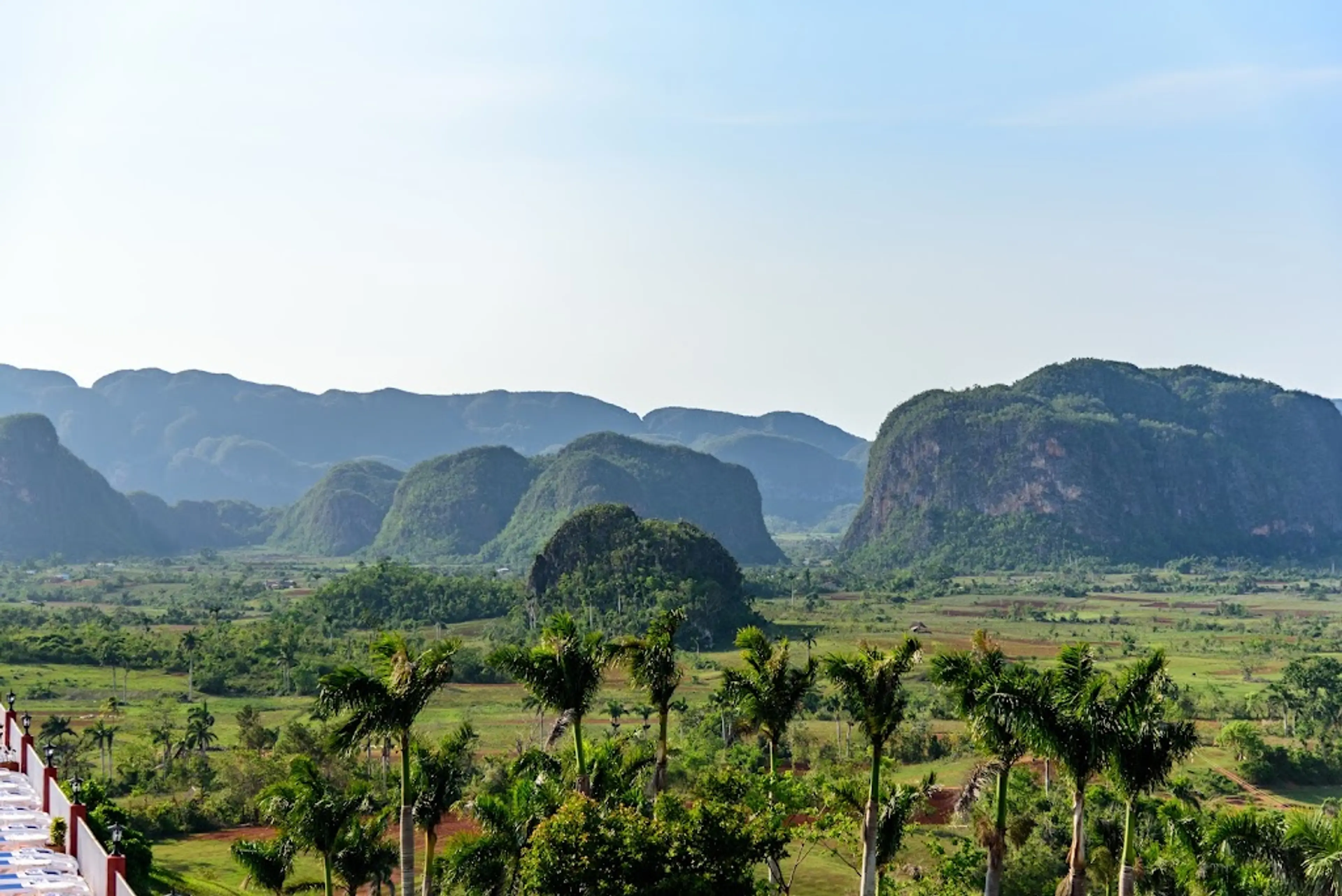
Viñales Valley
A stunning national park with unique limestone formations, tobacco farms and traditional rural life.
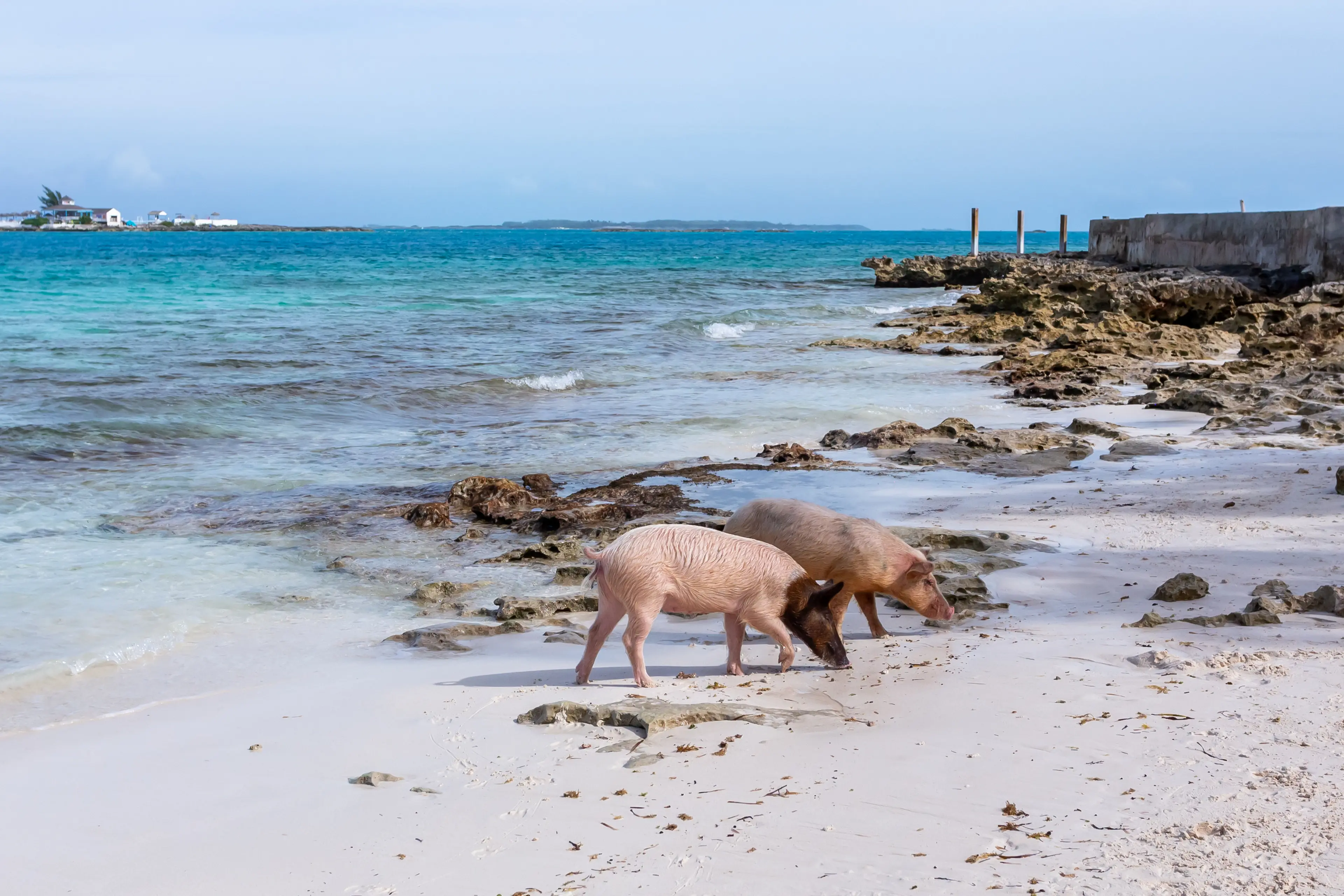
Playa Girón
Known for its clear waters, coral reefs and historical significance as the site of the Bay of Pigs invasion.
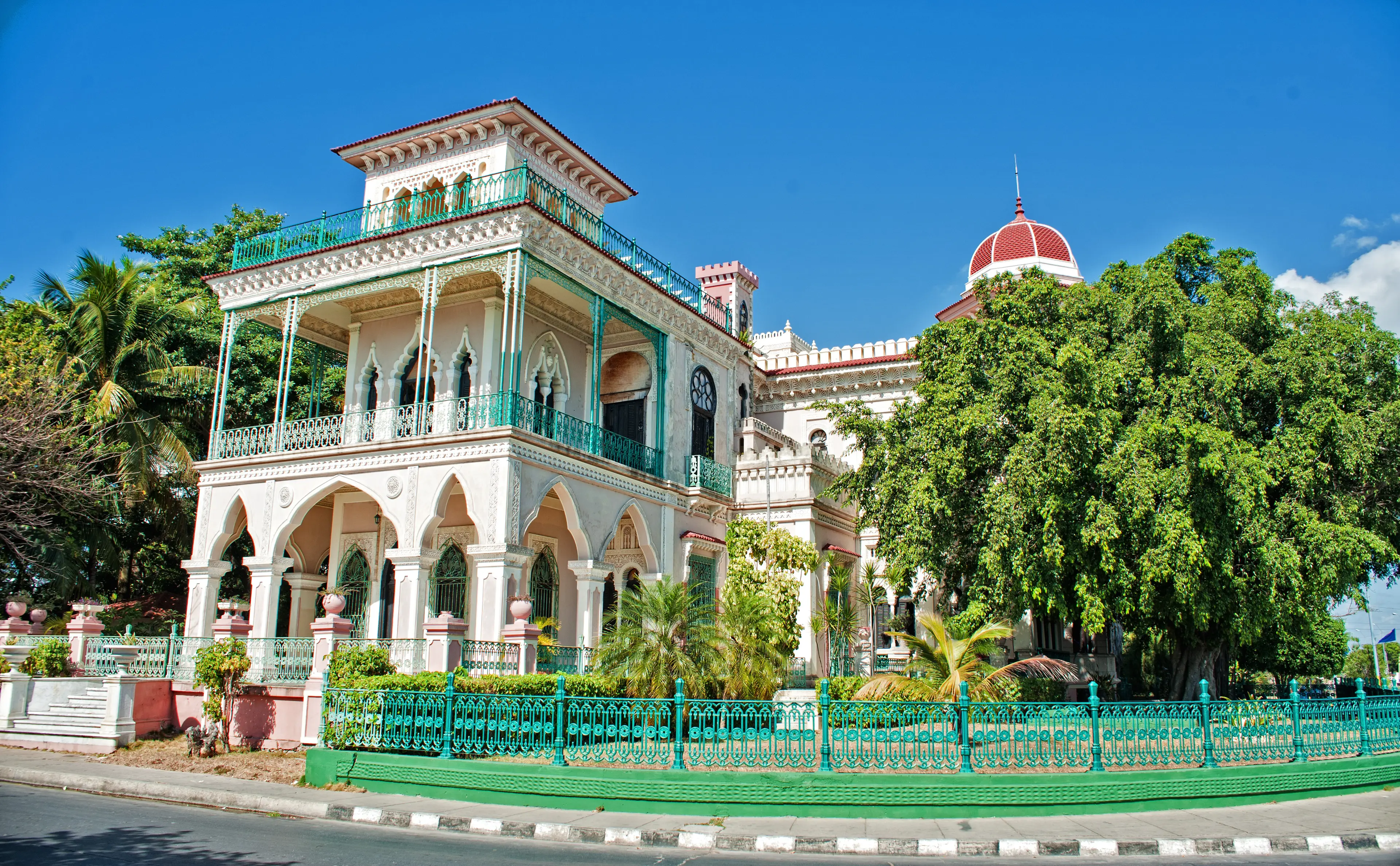
Cienfuegos
A city known for its French influence, colonial-era buildings and beautiful bay.
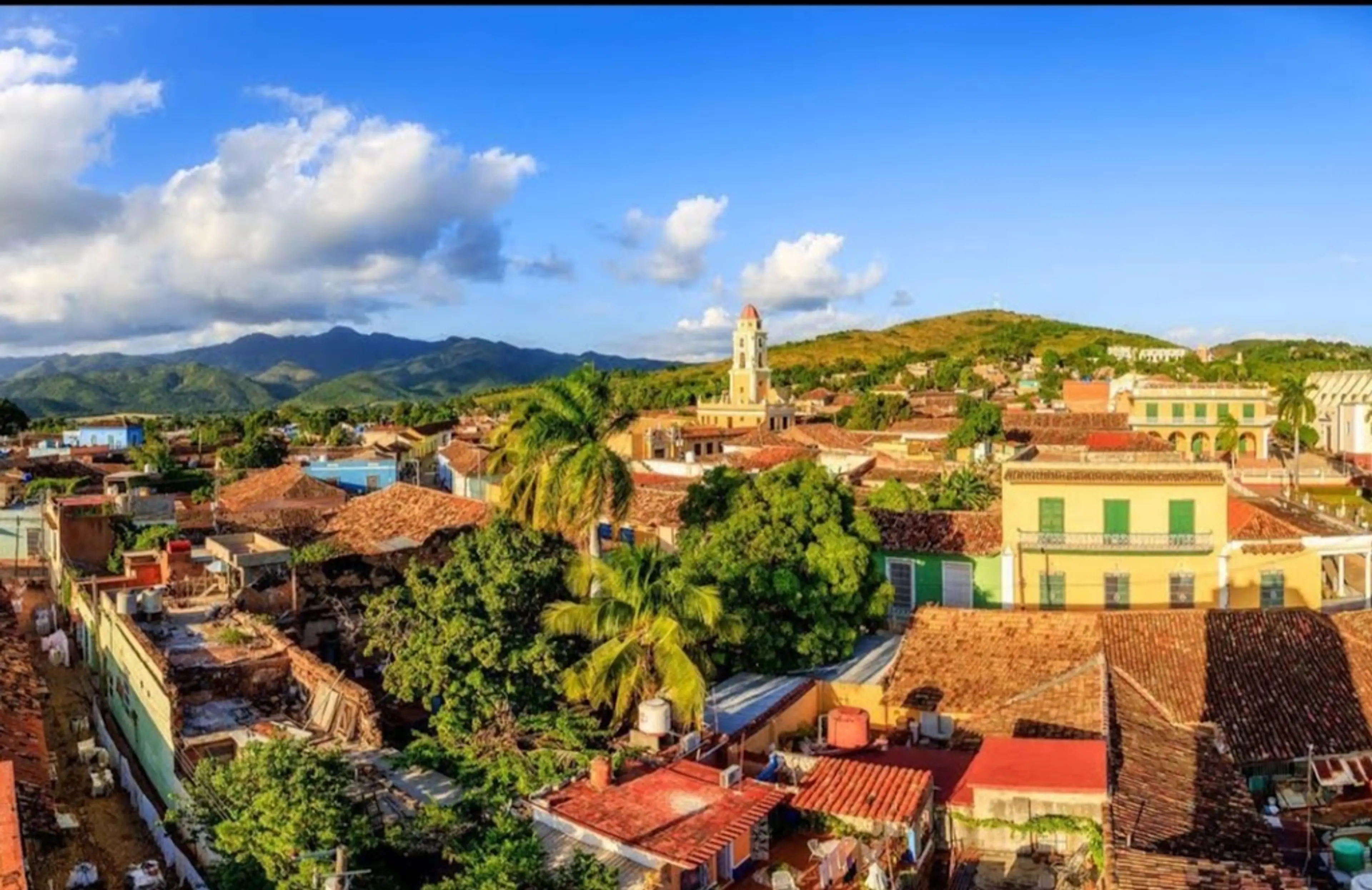
Trinidad
A well-preserved Spanish colonial city, Trinidad is a UNESCO World Heritage site with cobbled streets, pastel houses and 1850s architecture.

Santa Clara
Known for its revolutionary history, including the Che Guevara Mausoleum.
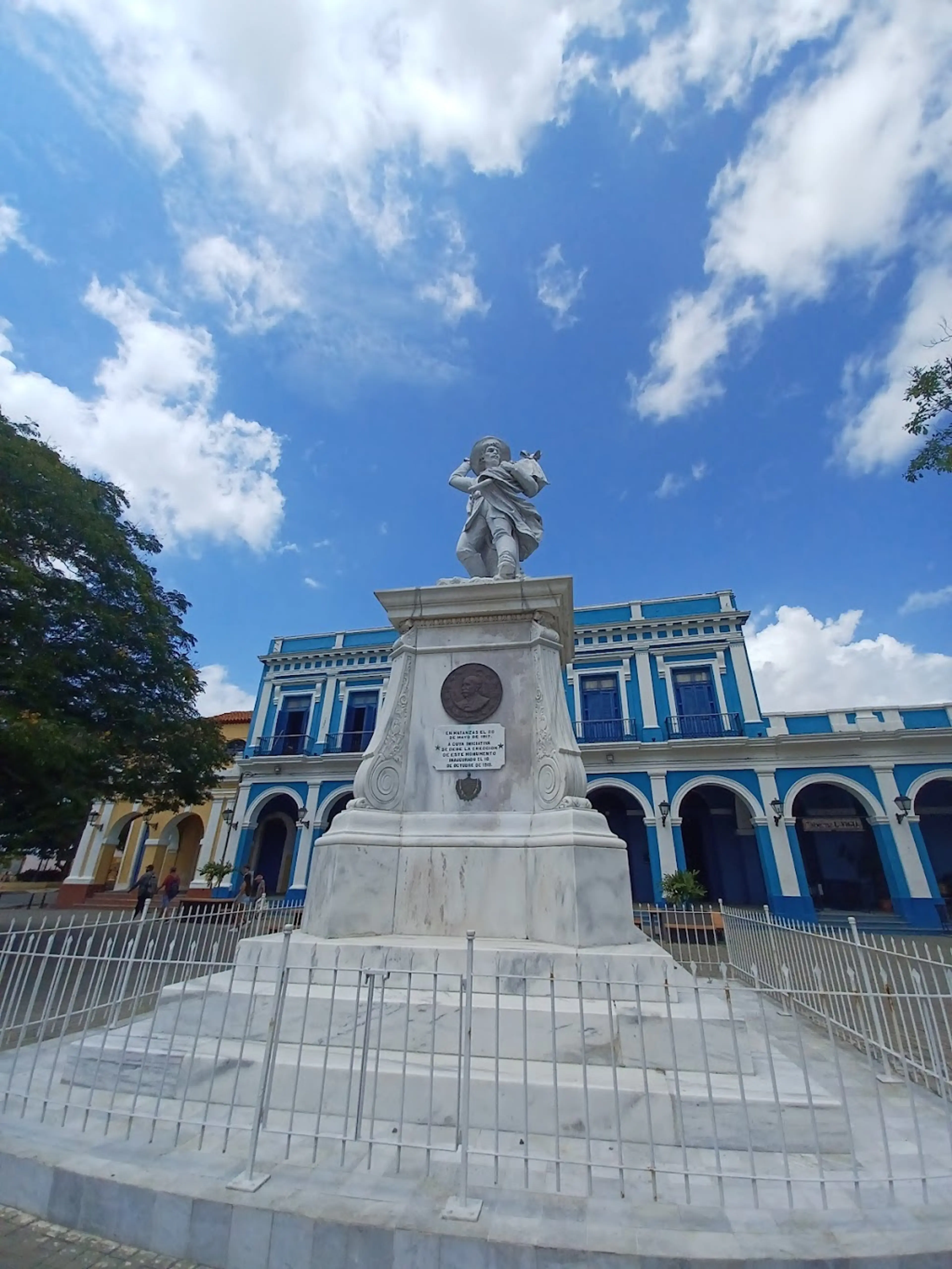
Matanzas
Known as the 'City of Bridges', Matanzas is a cultural hub with a rich history and beautiful architecture.
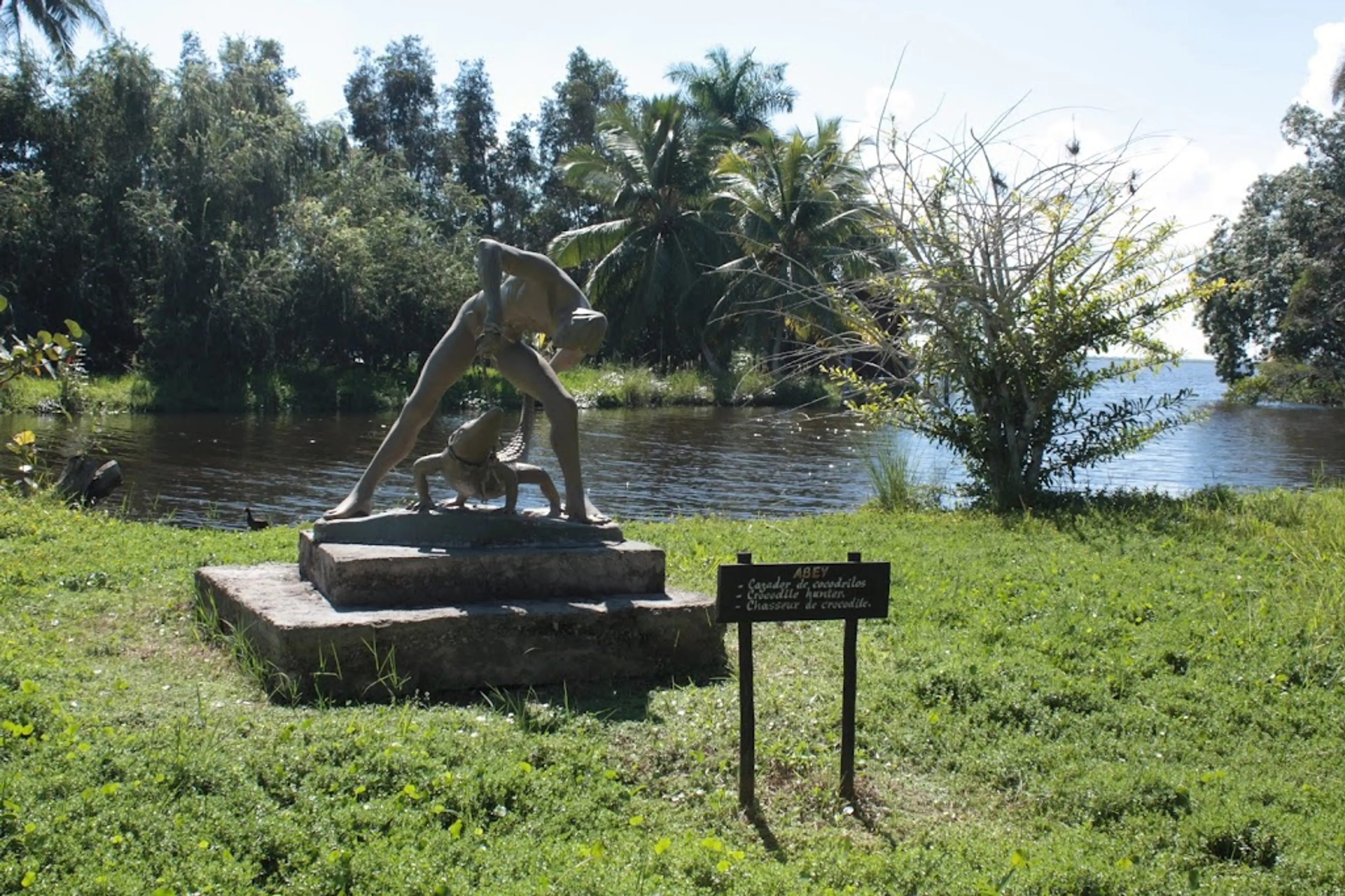
Guamá
A recreated Taino Indian village on the shores of Laguna del Tesoro, offering insight into Cuba's pre-Columbian history.
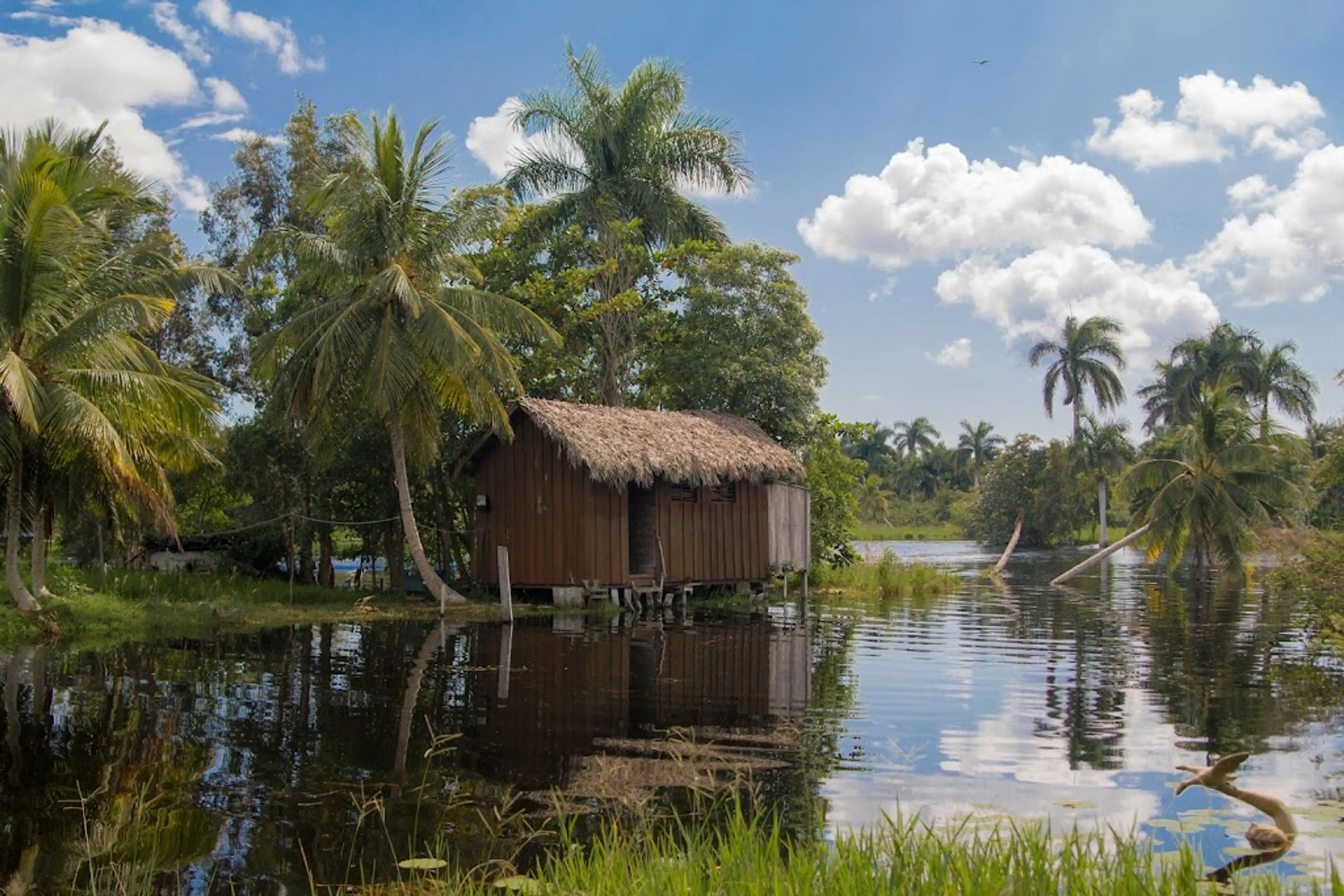
Zapata Peninsula
Home to the largest wetland in the Caribbean, the Ciénaga de Zapata, and a UNESCO Biosphere Reserve.
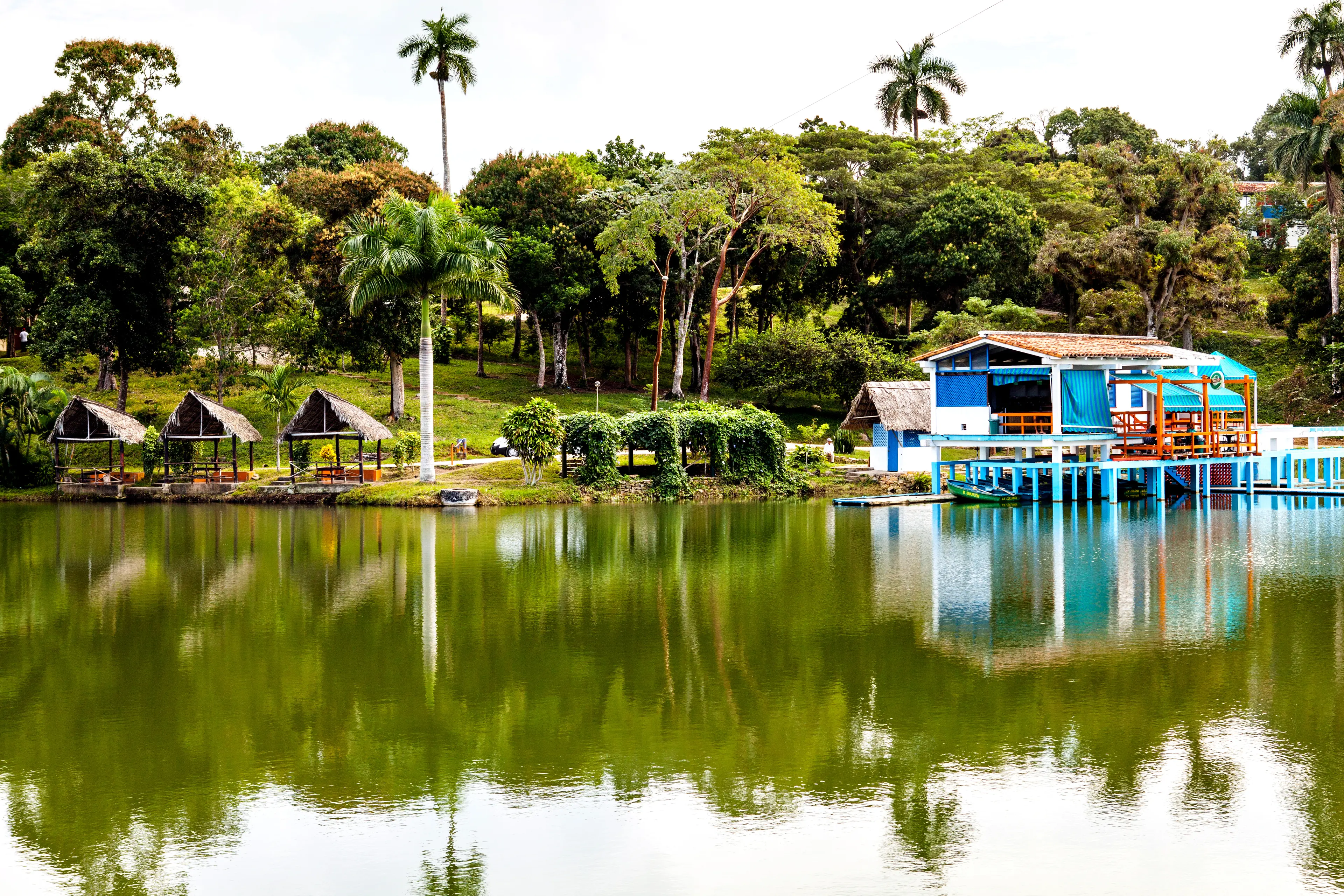
Las Terrazas
A small community and nature reserve in the Sierra del Rosario mountains, known for its lush landscapes and birdwatching.
